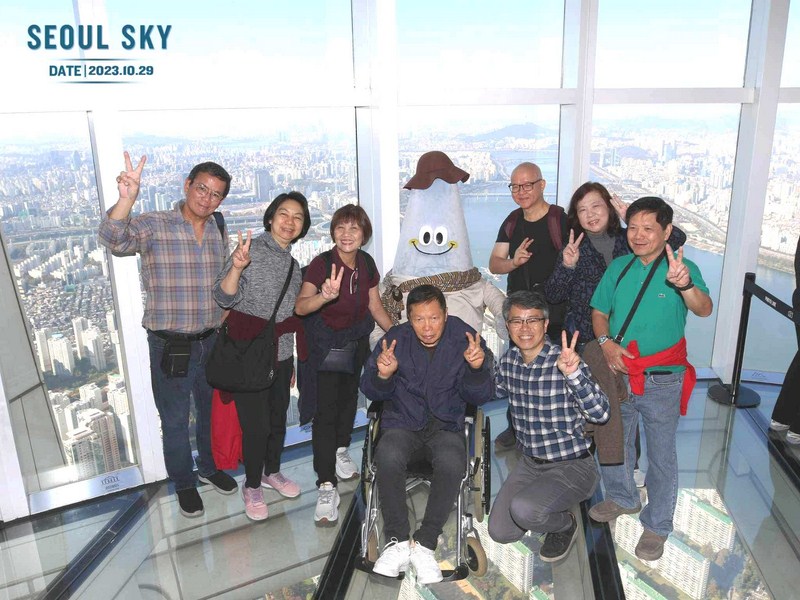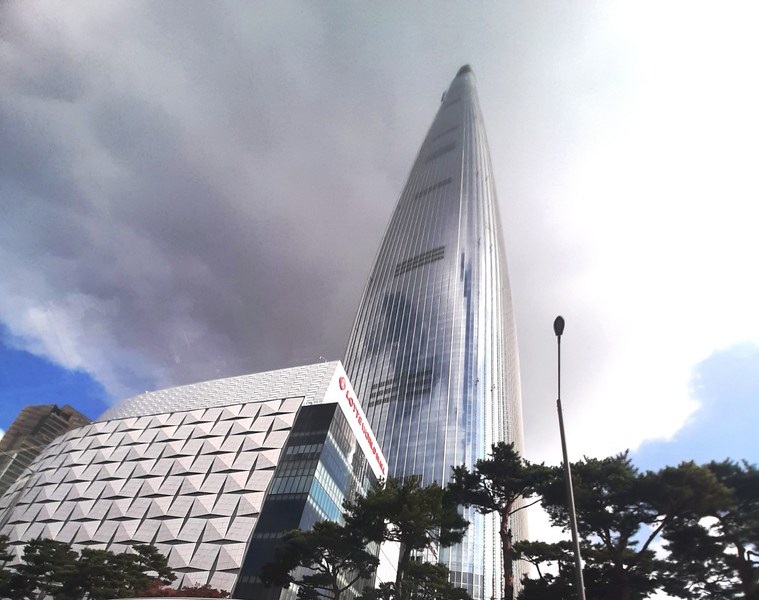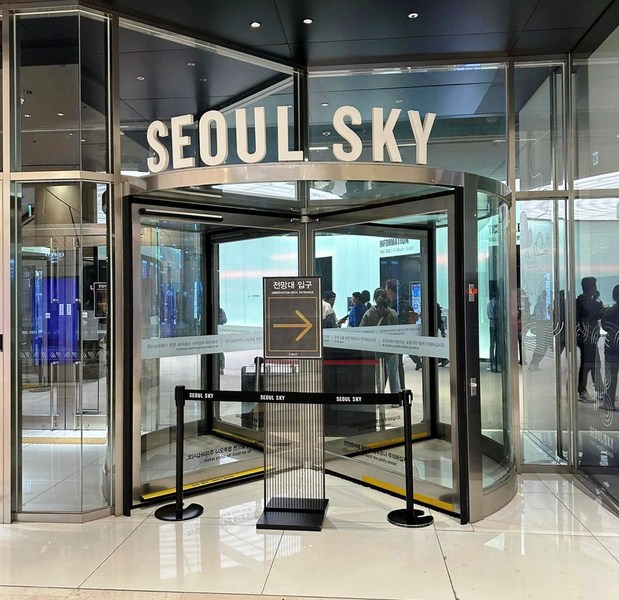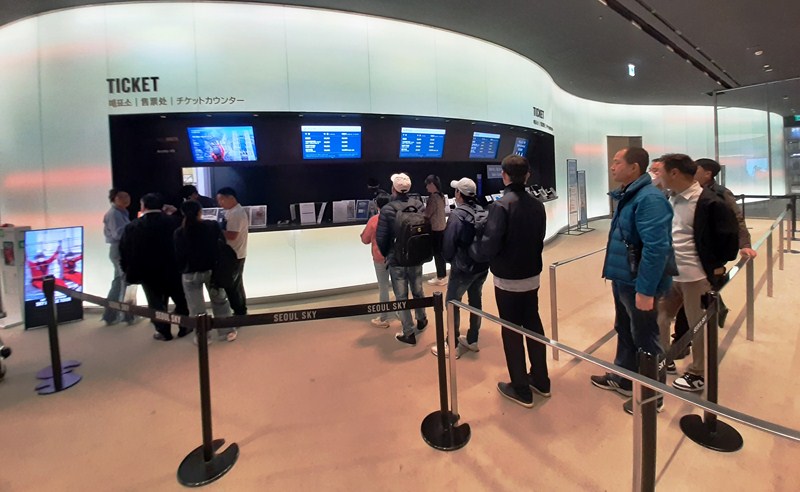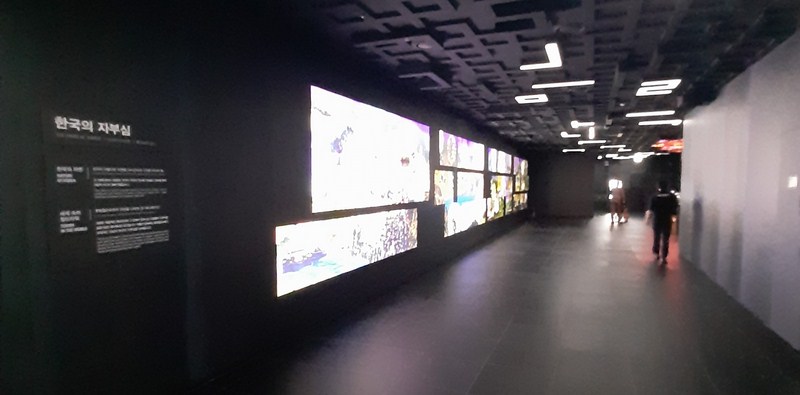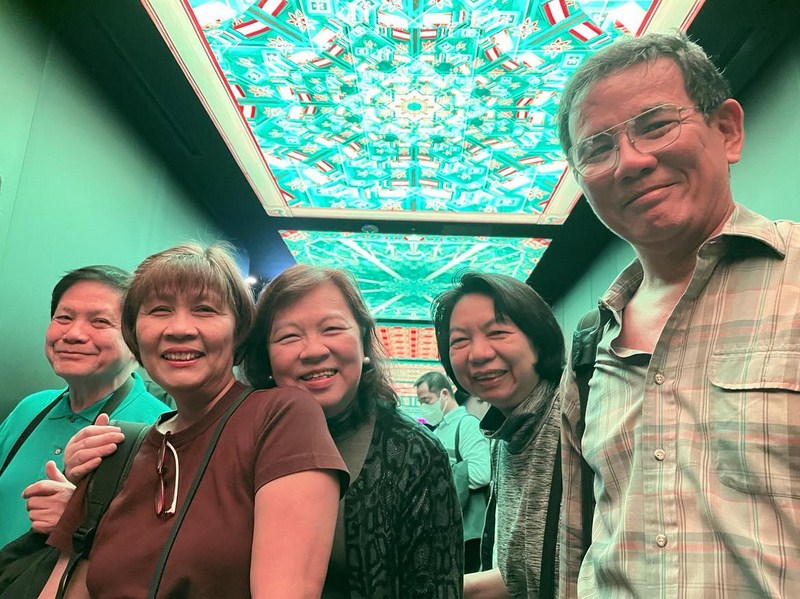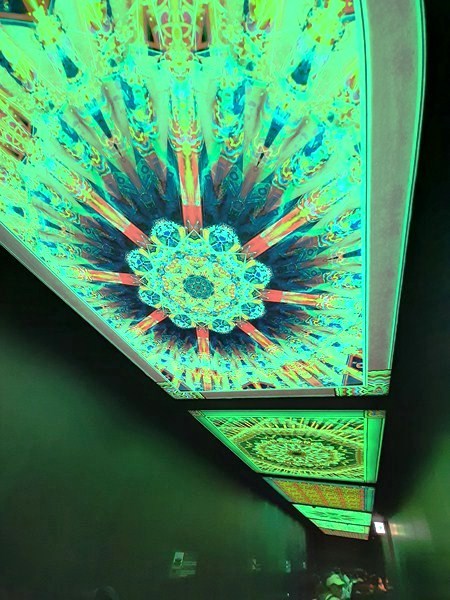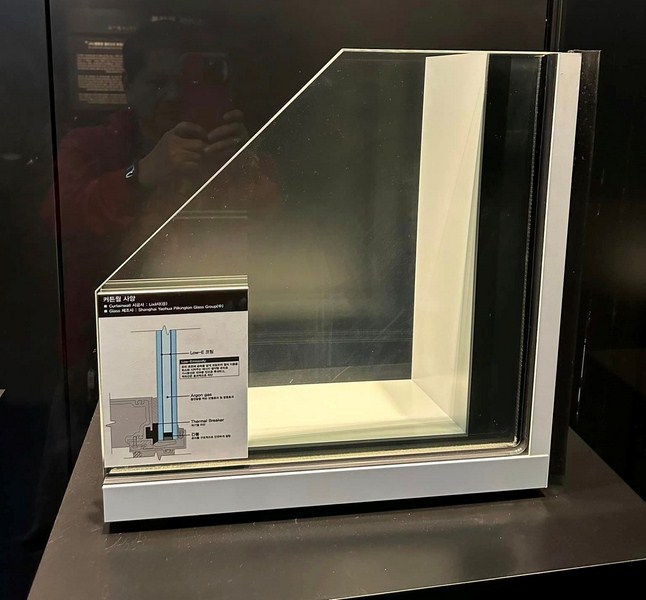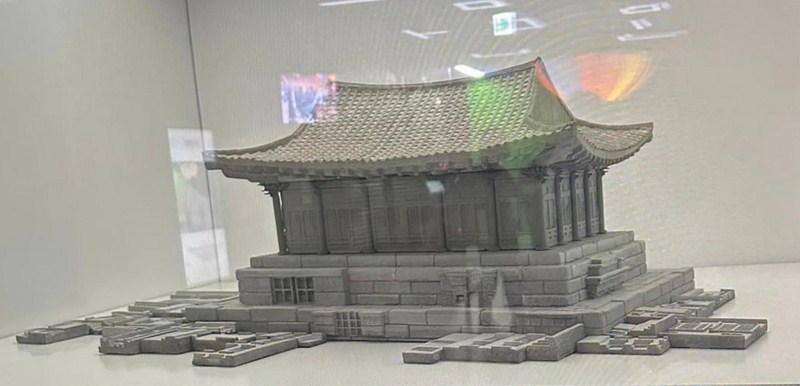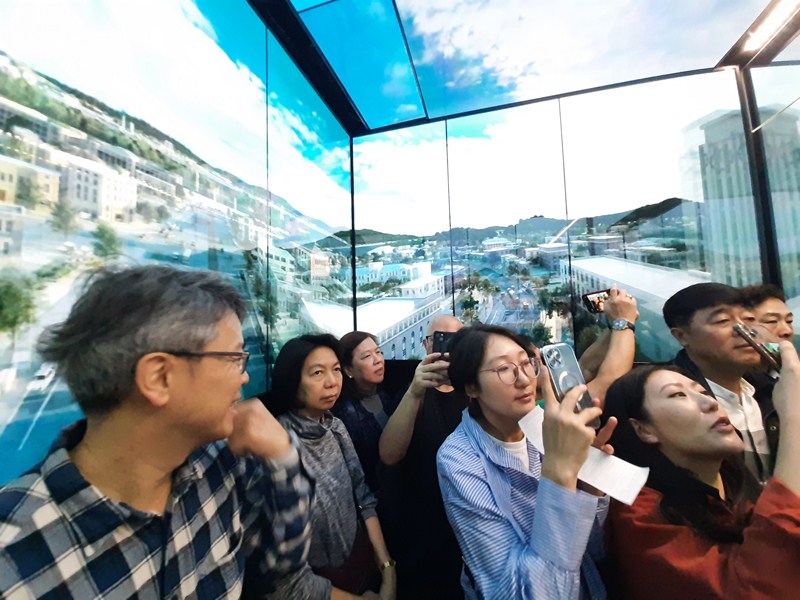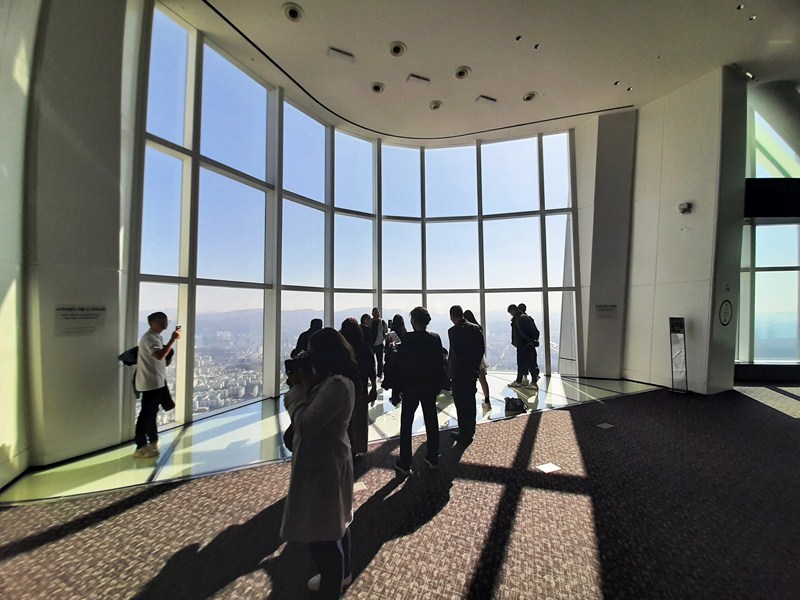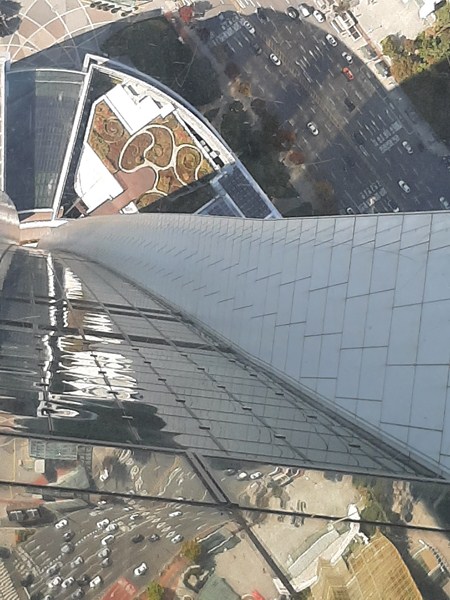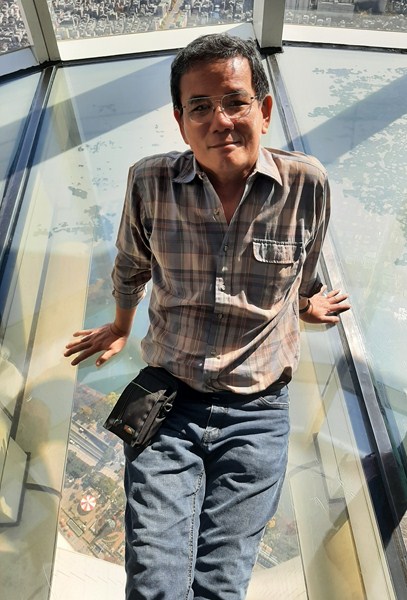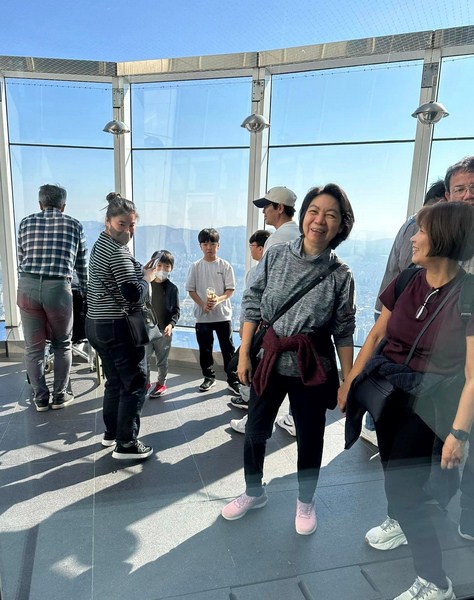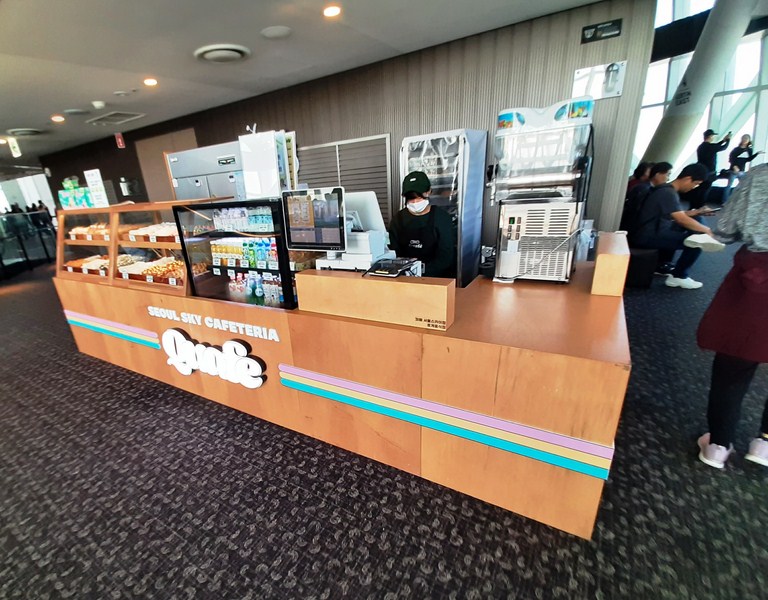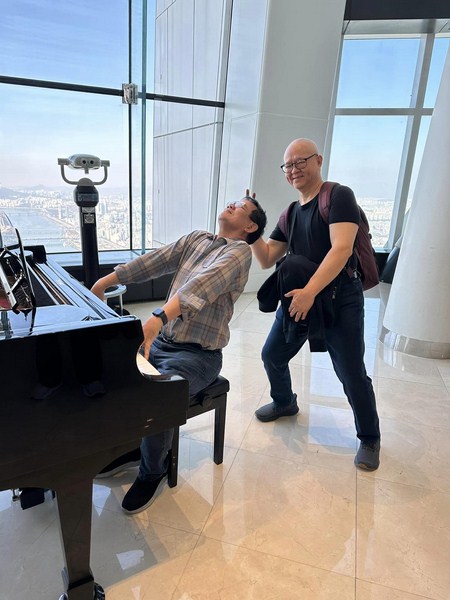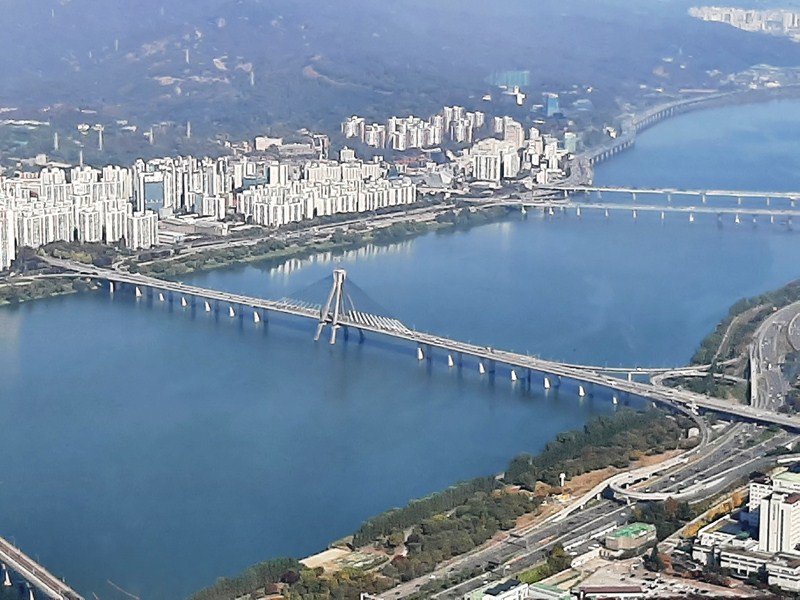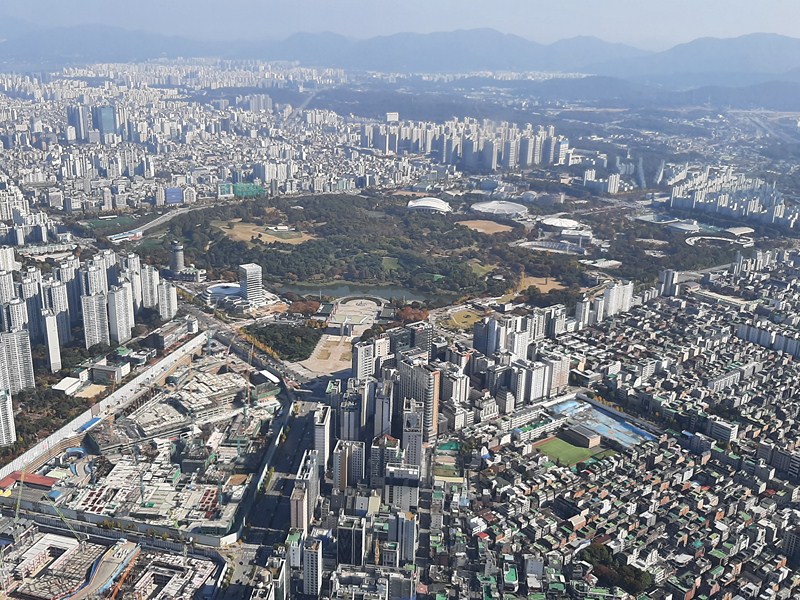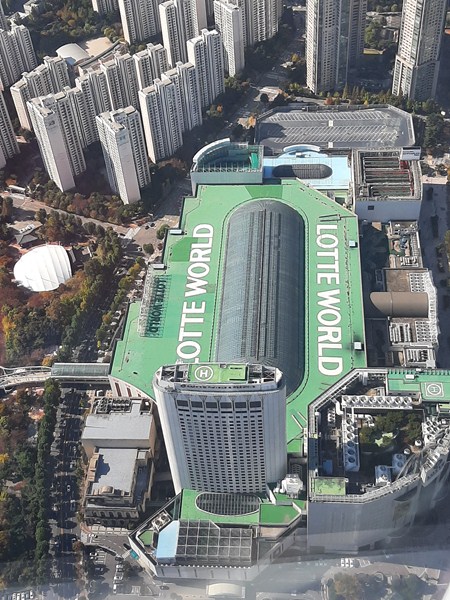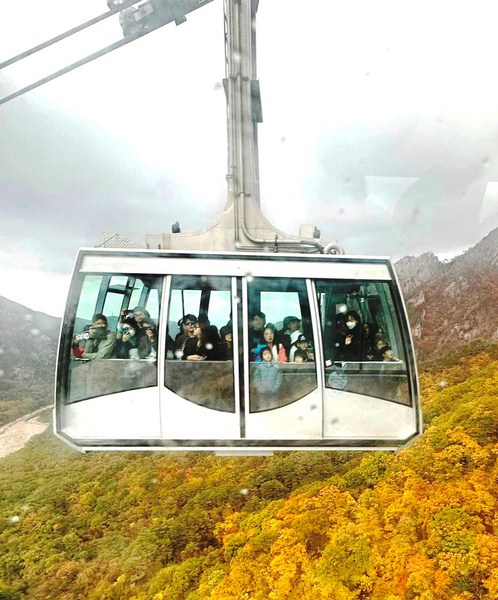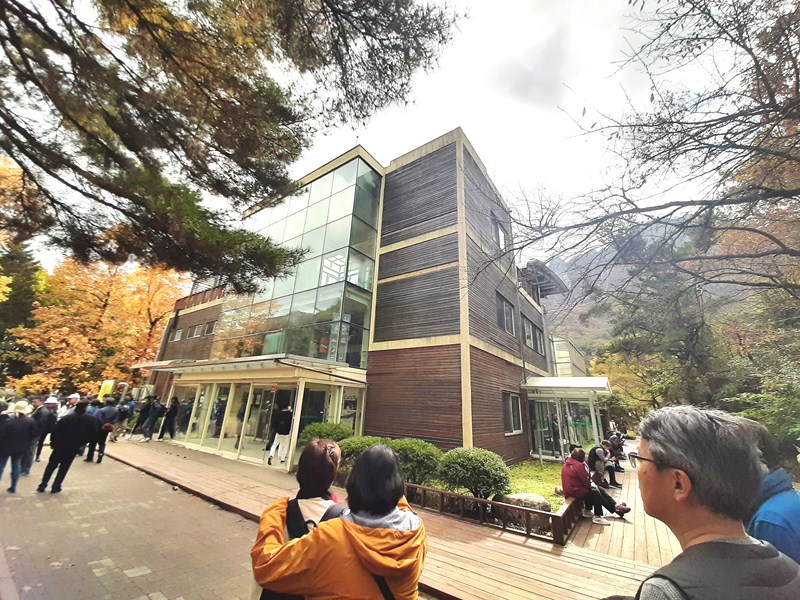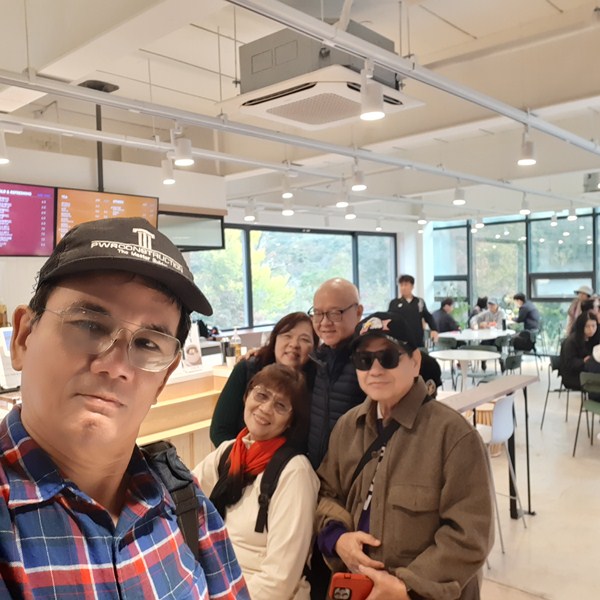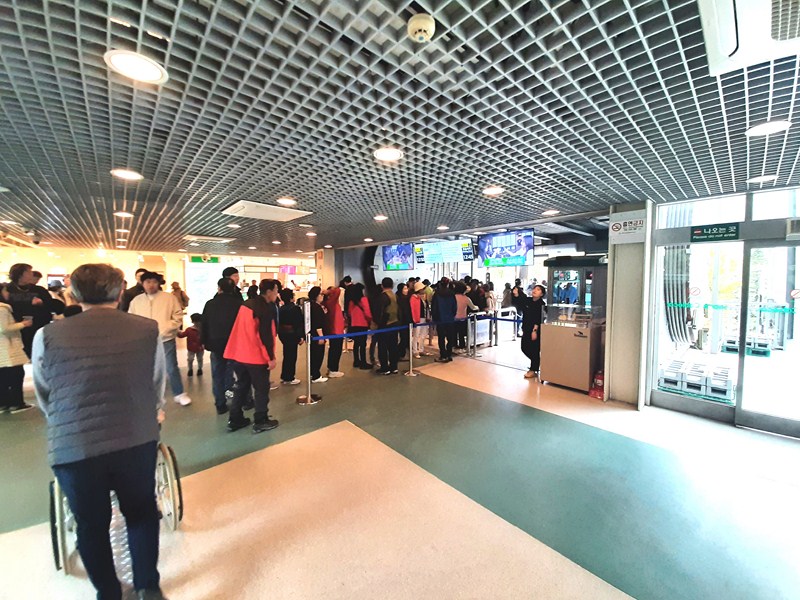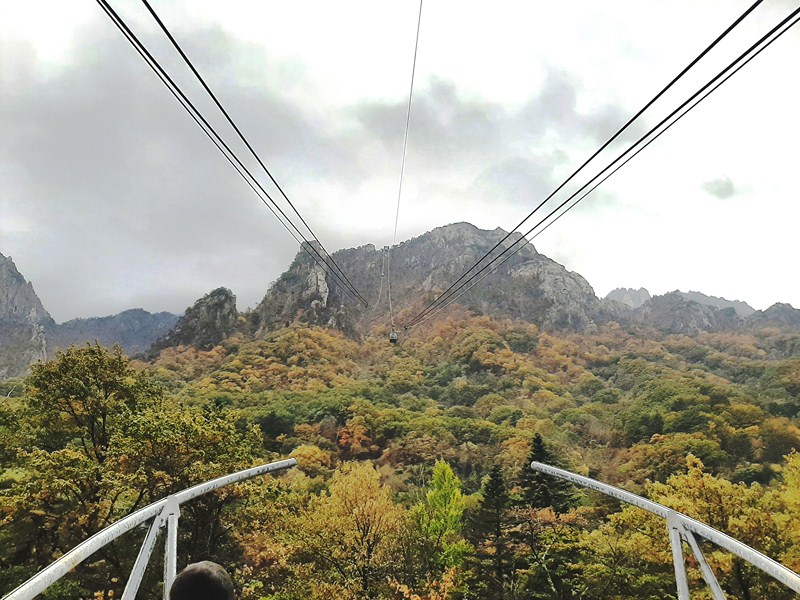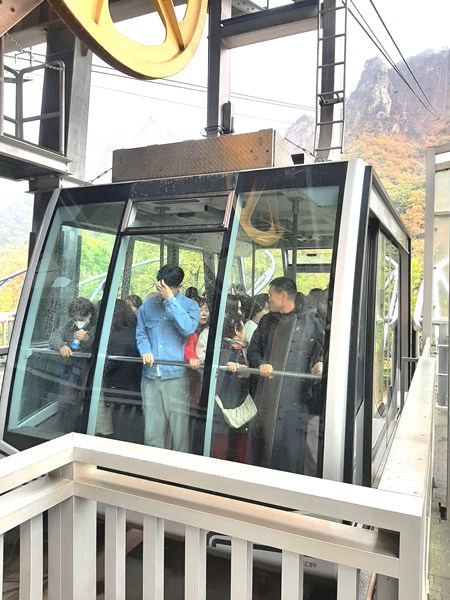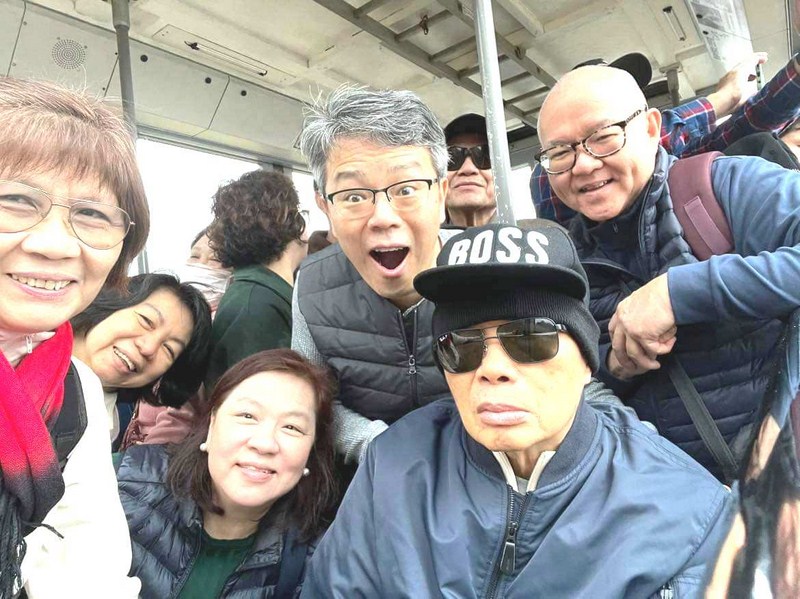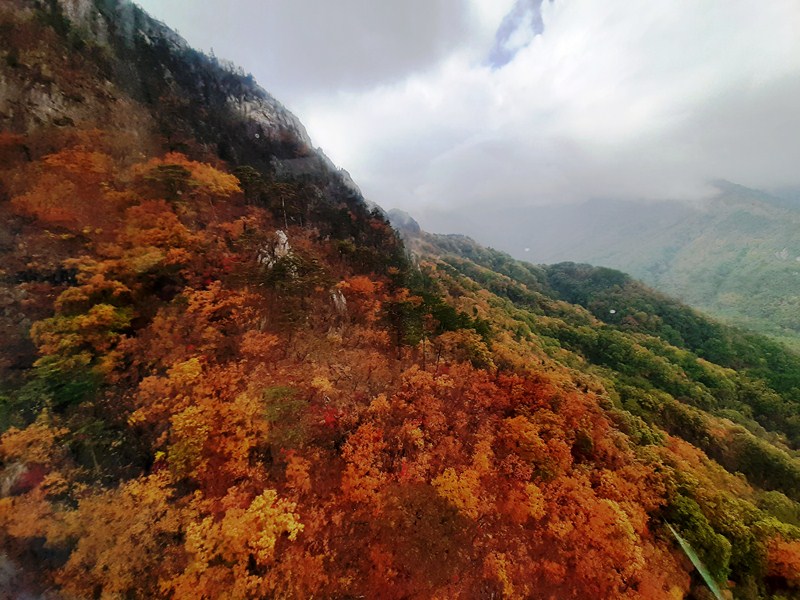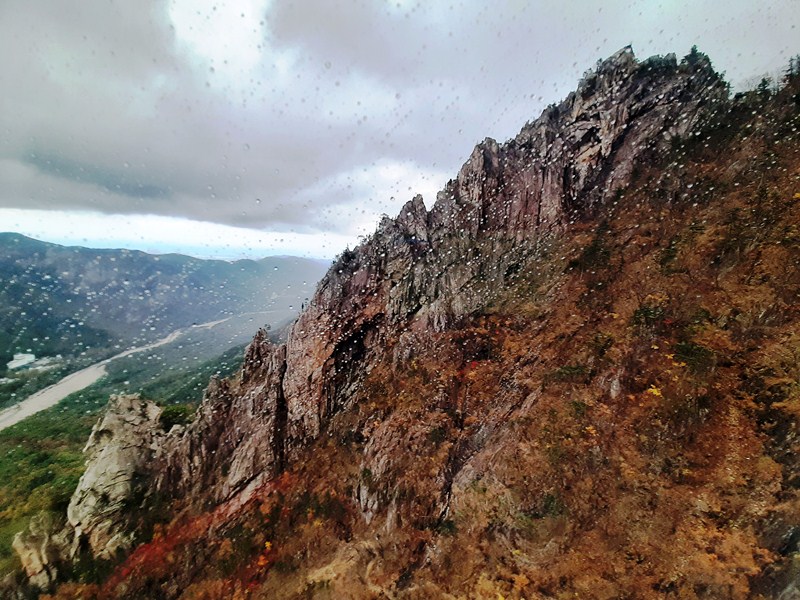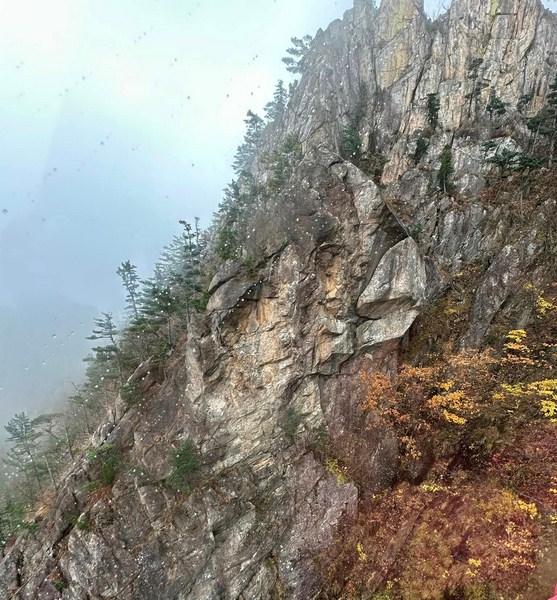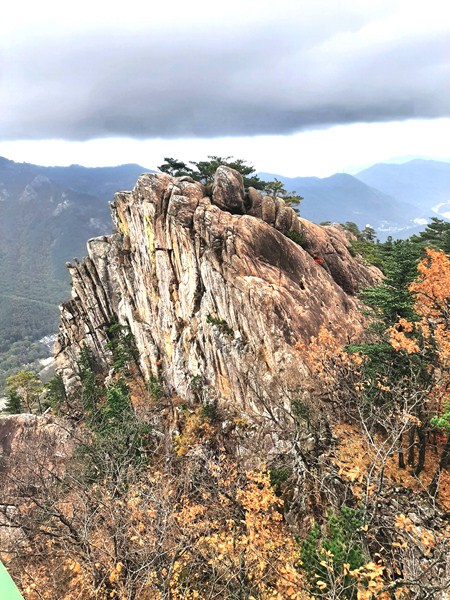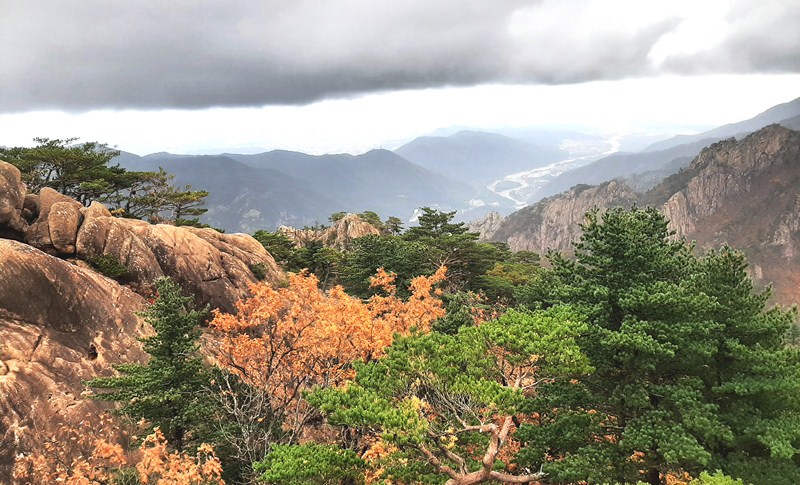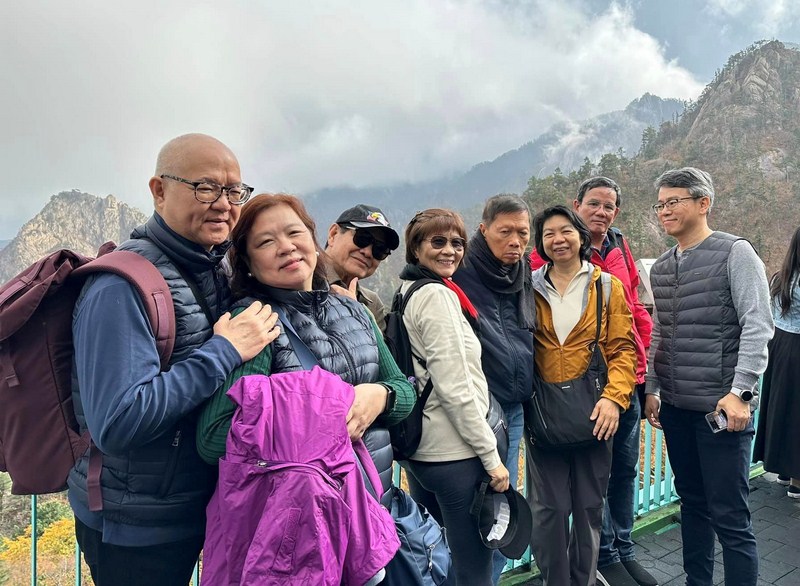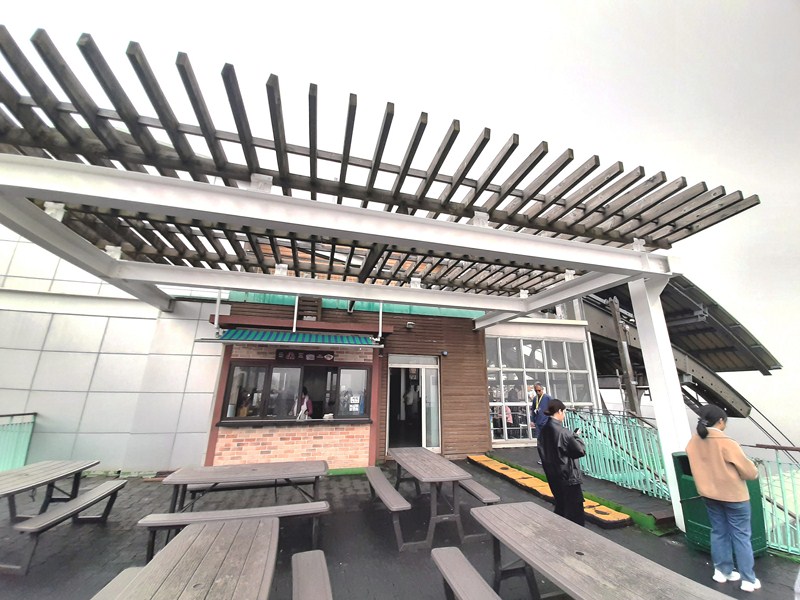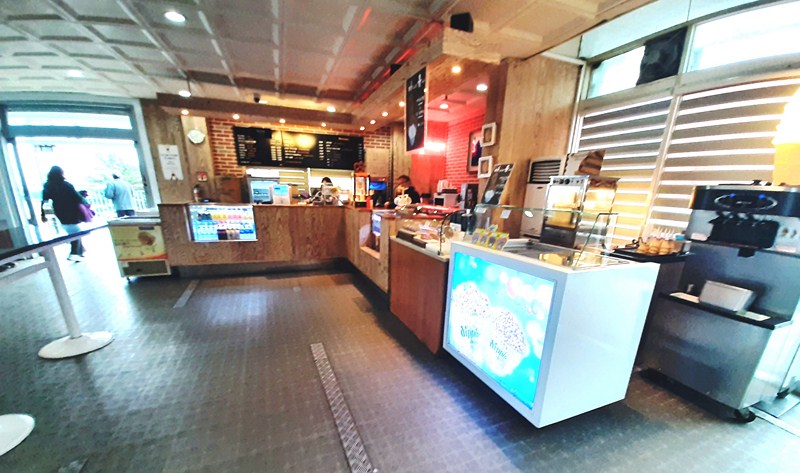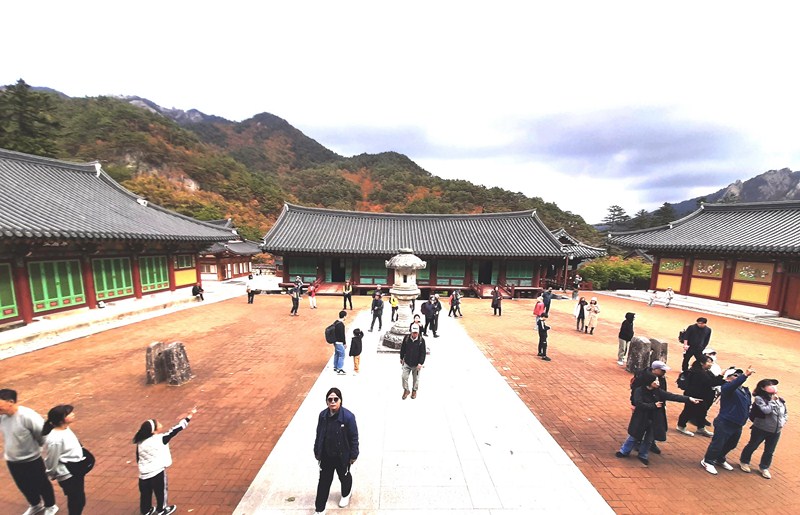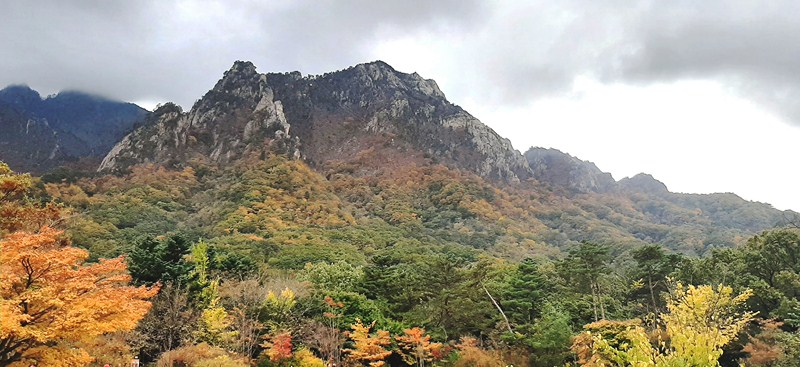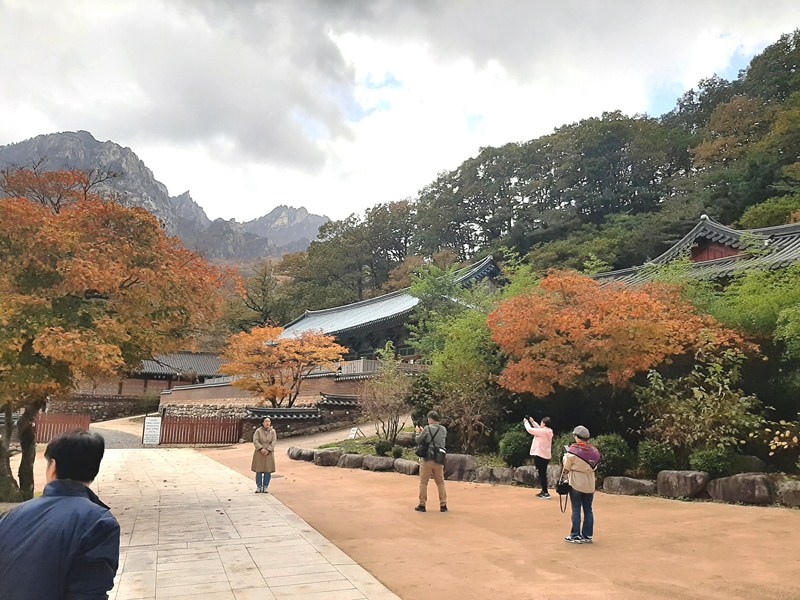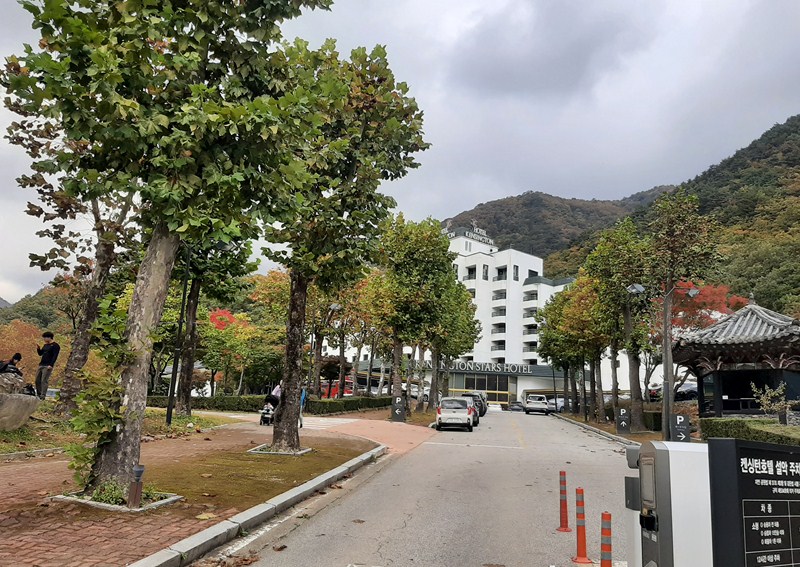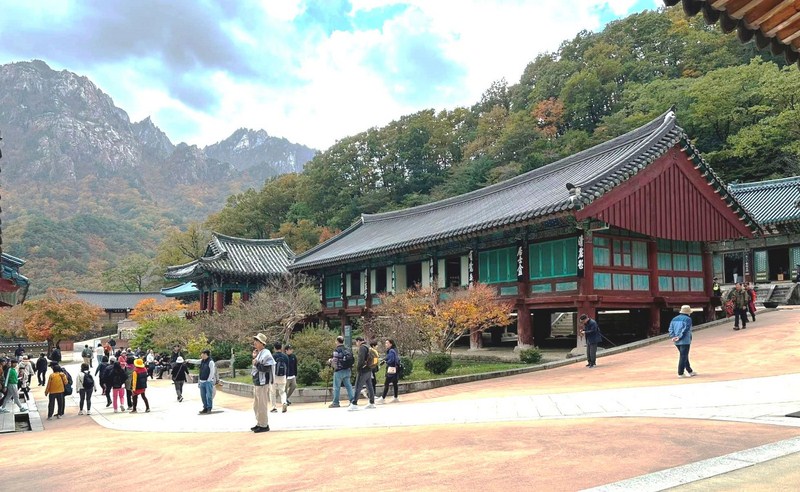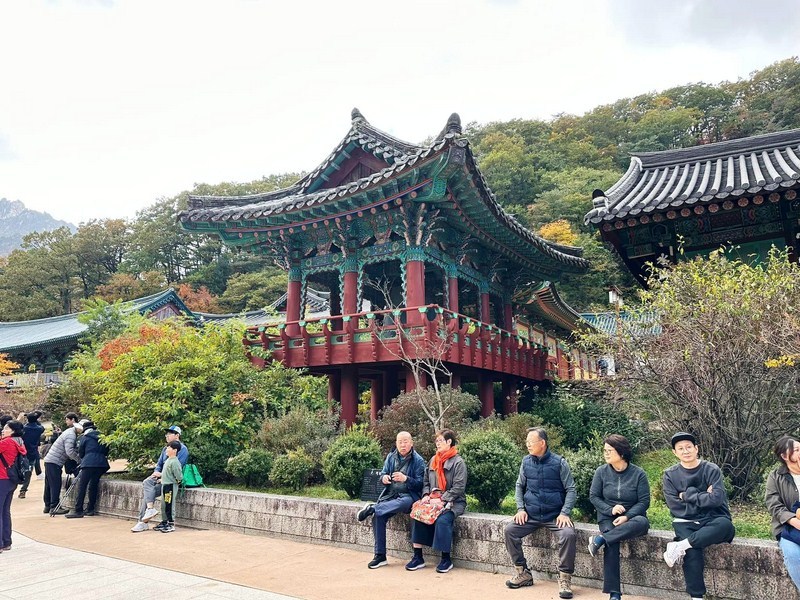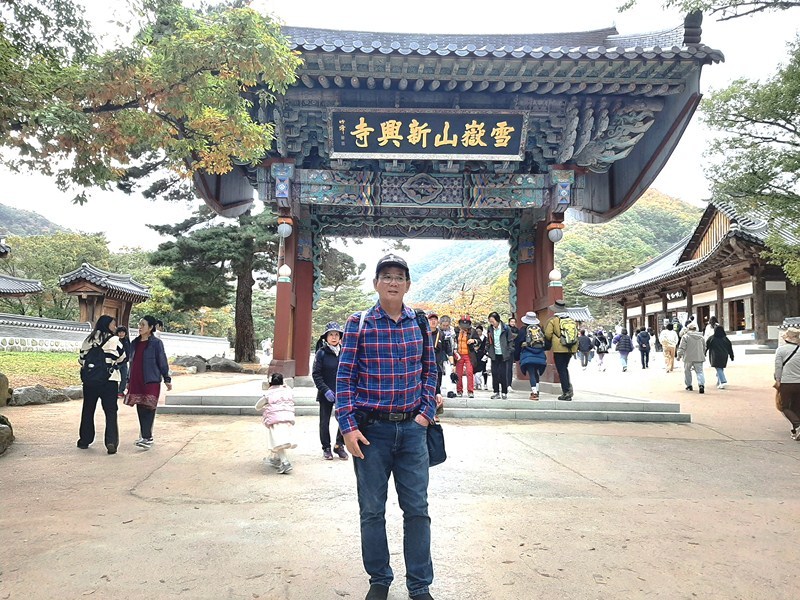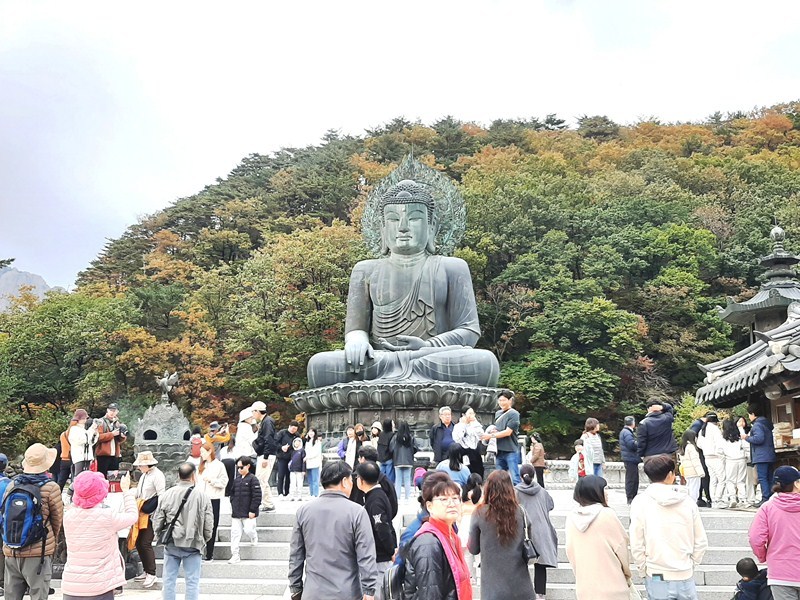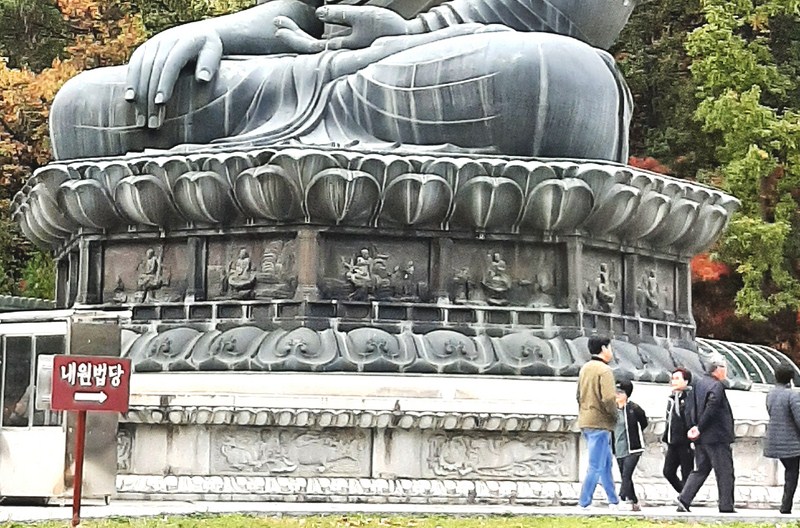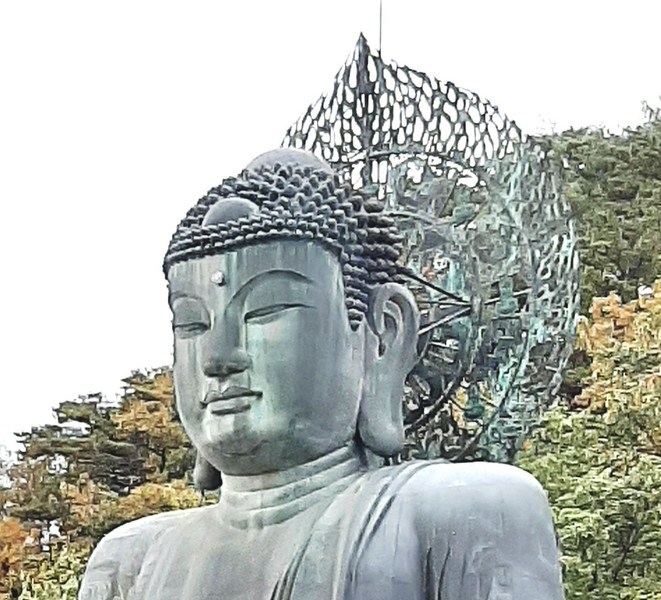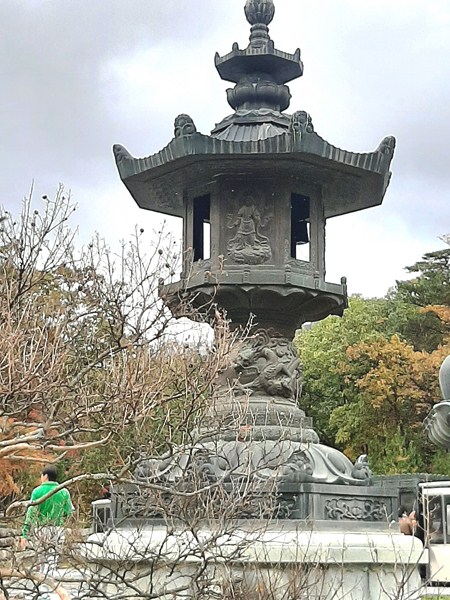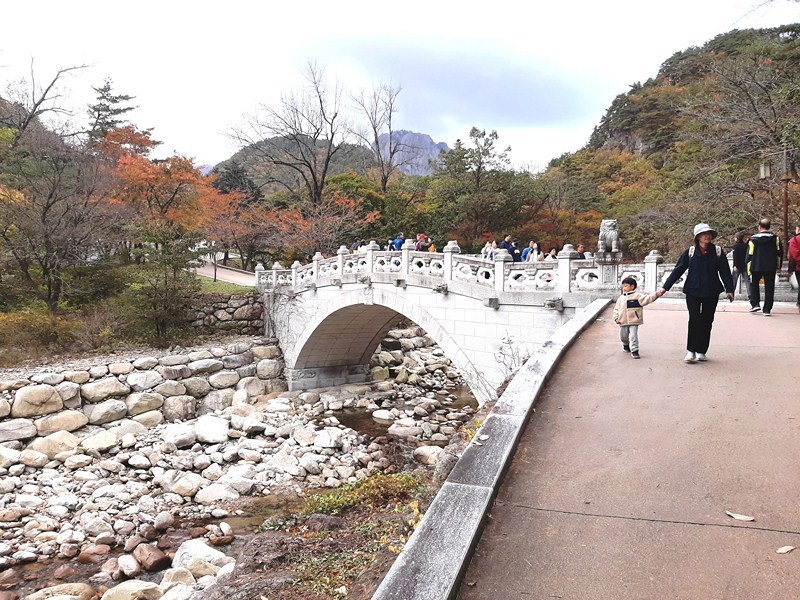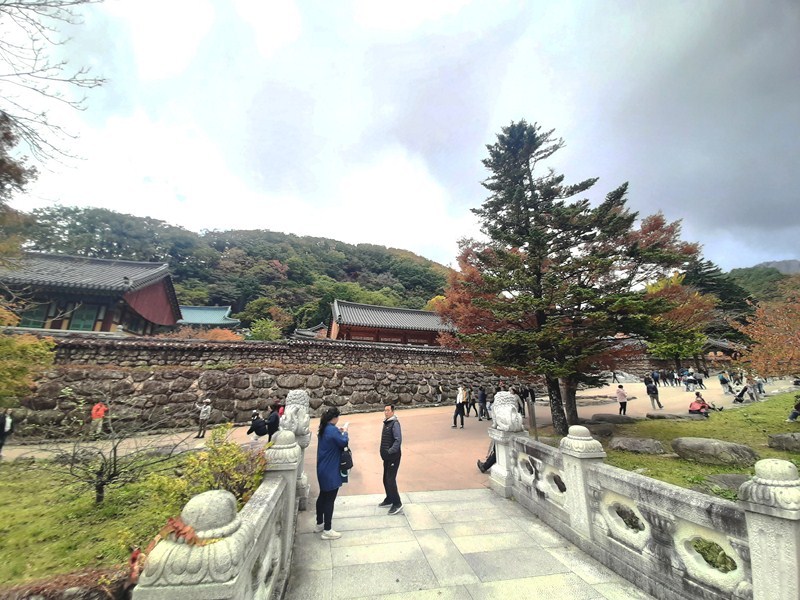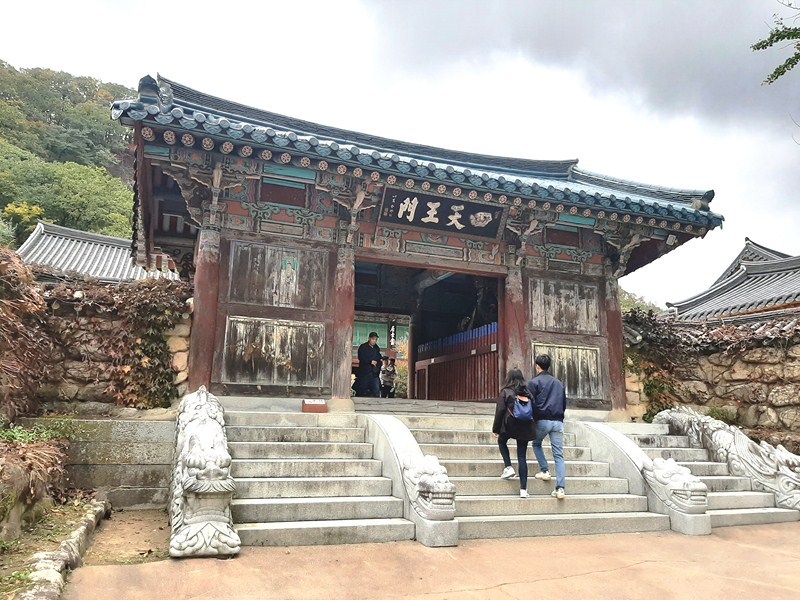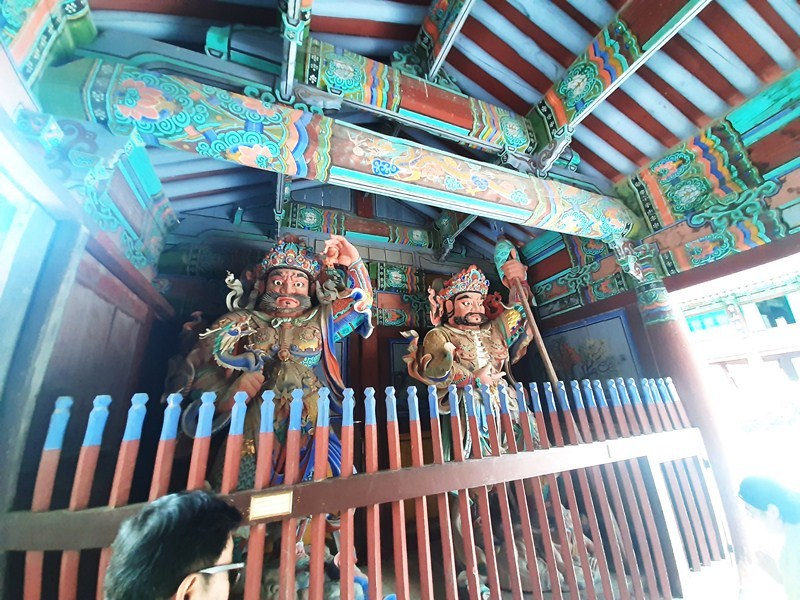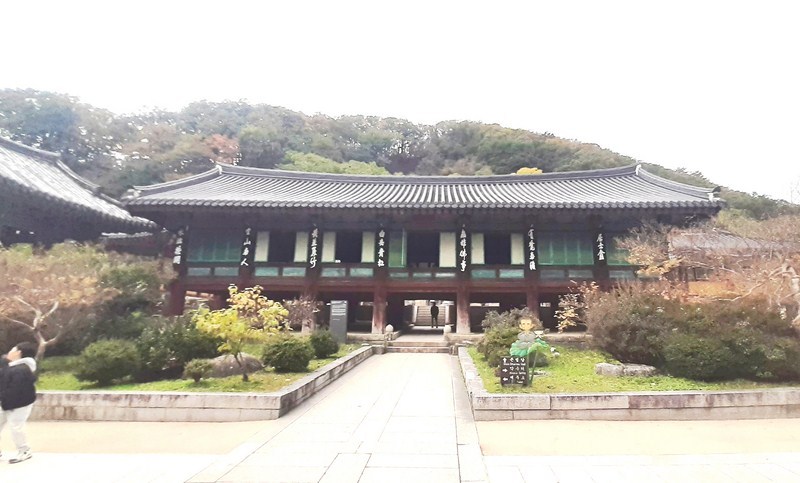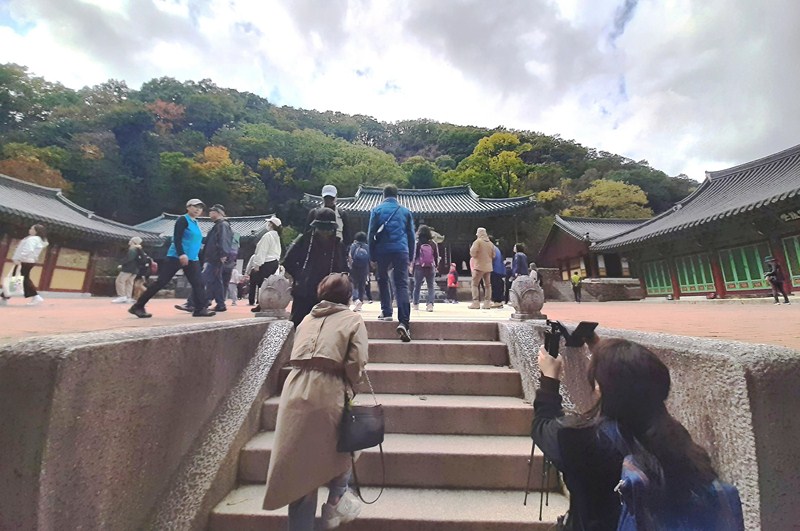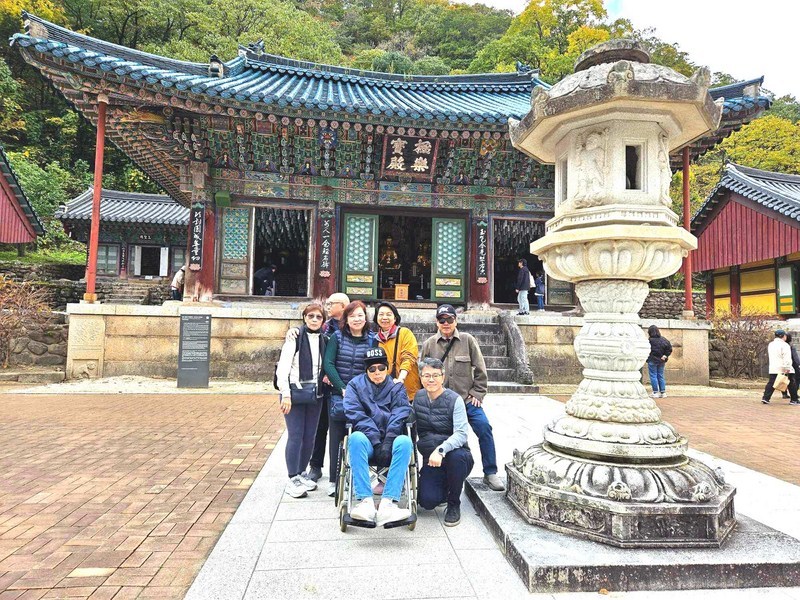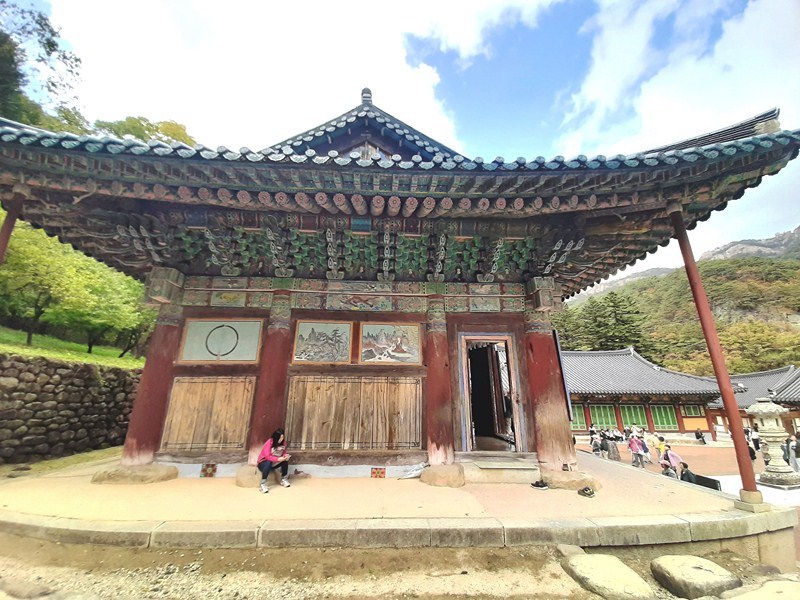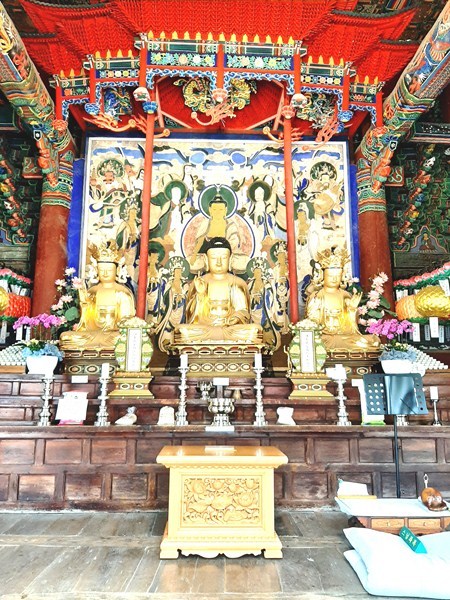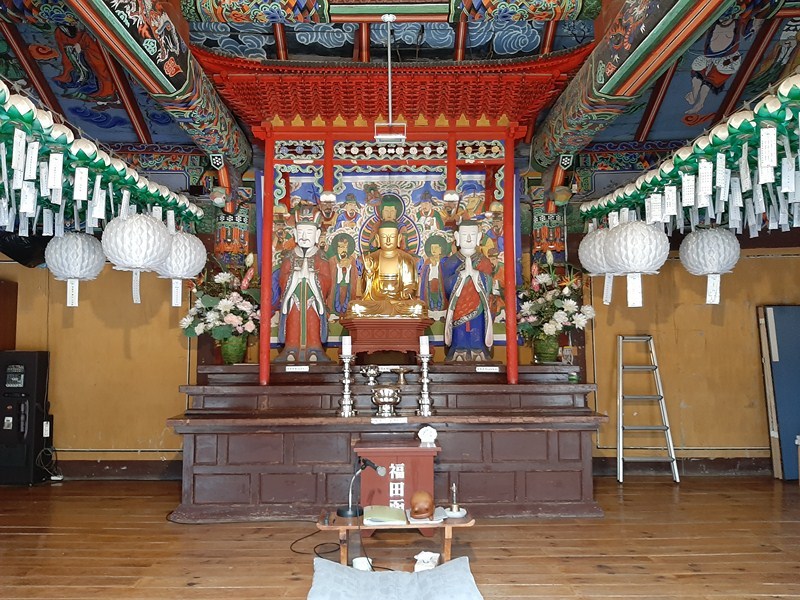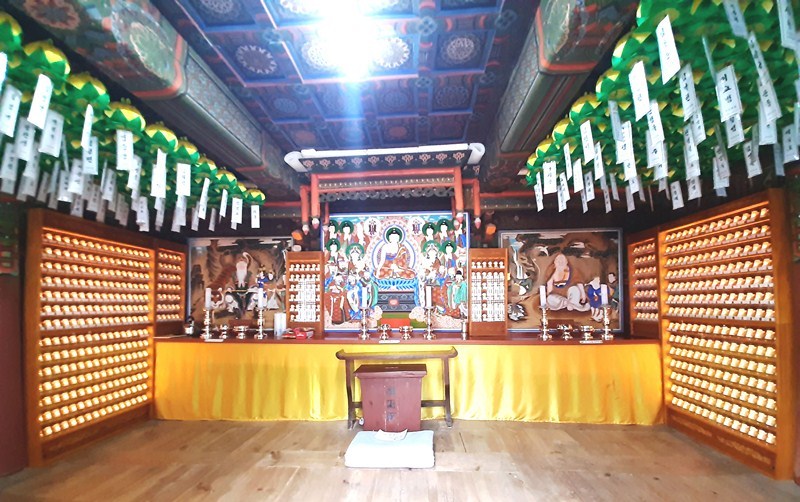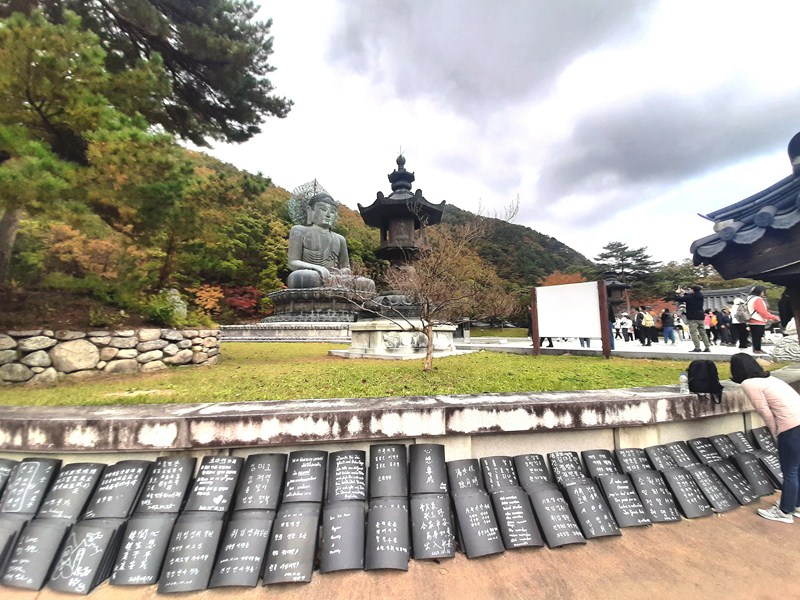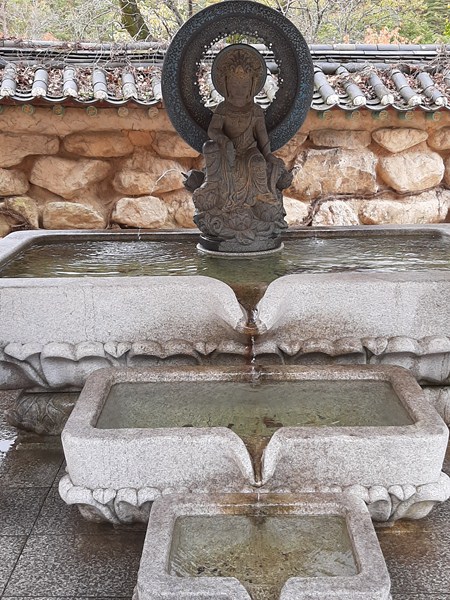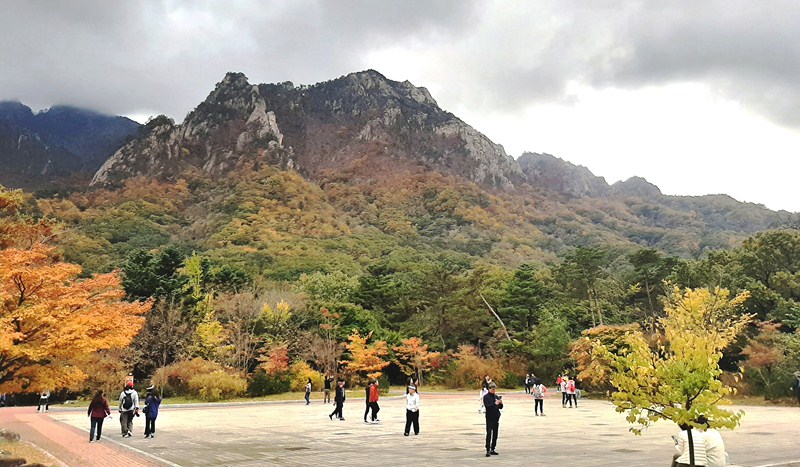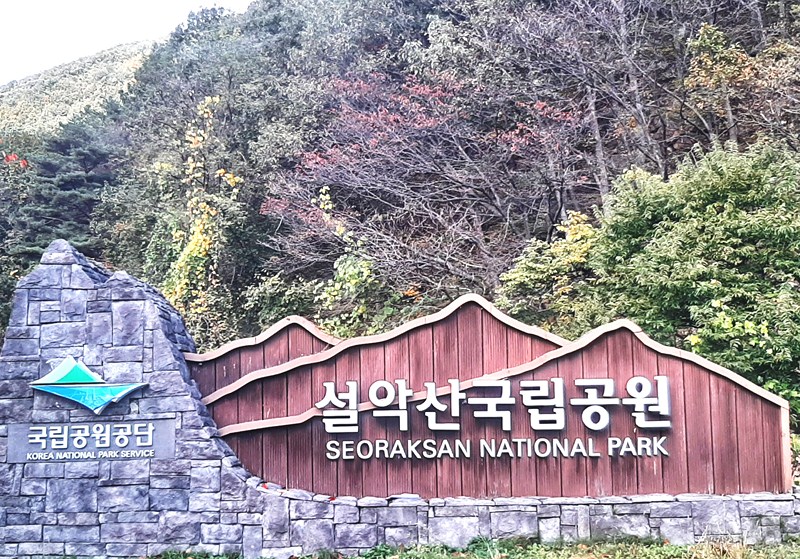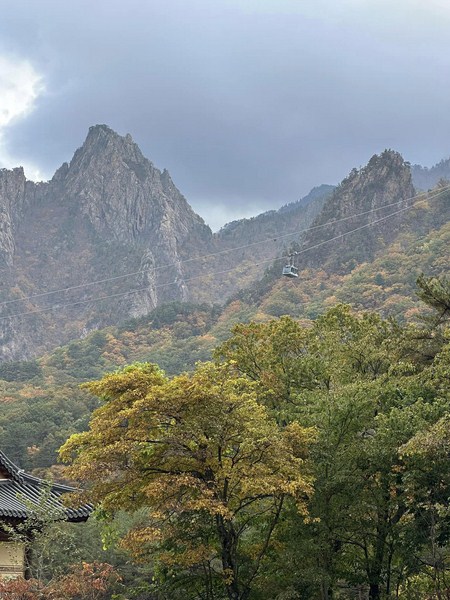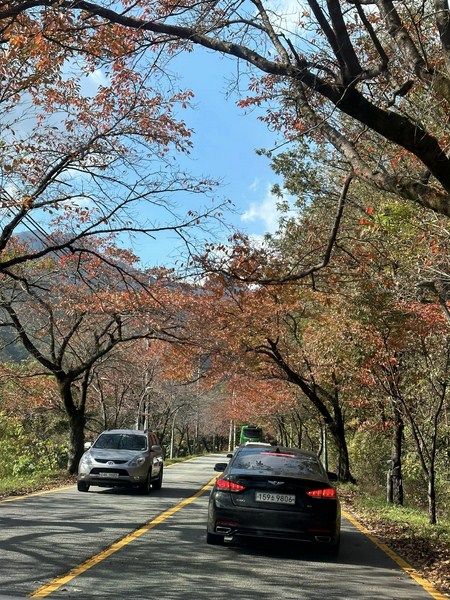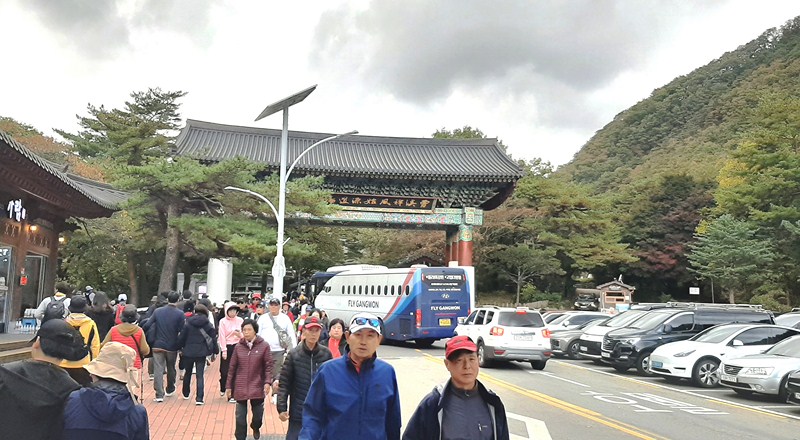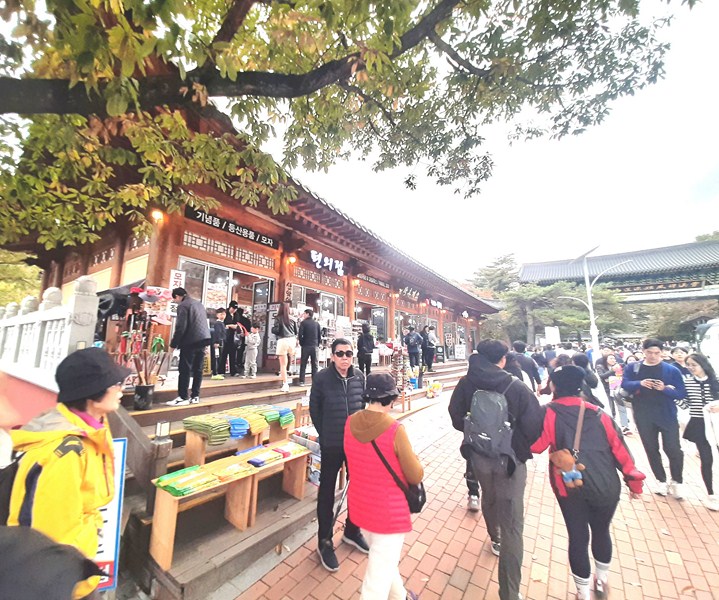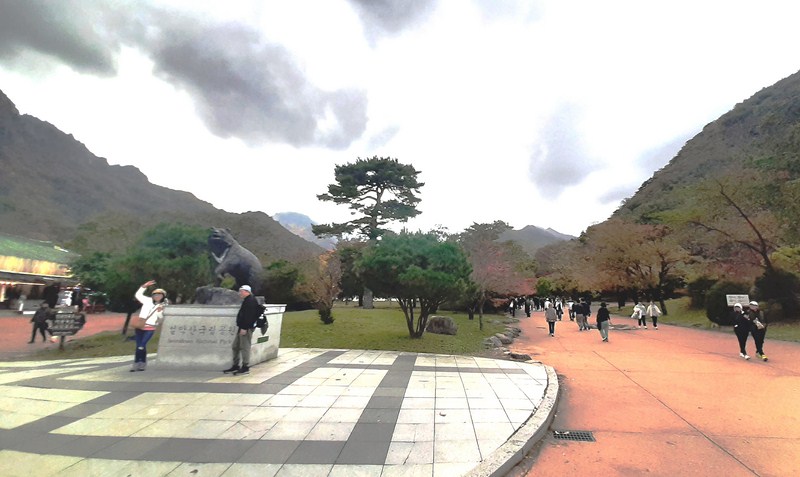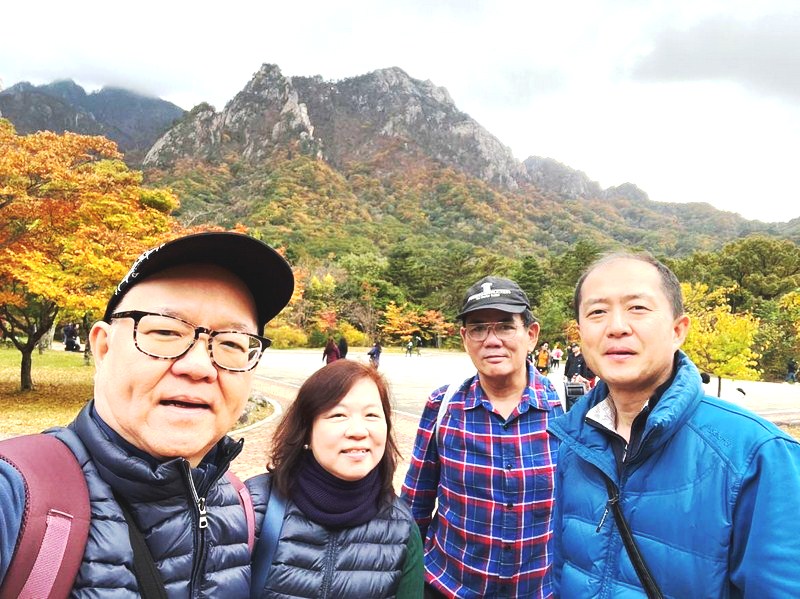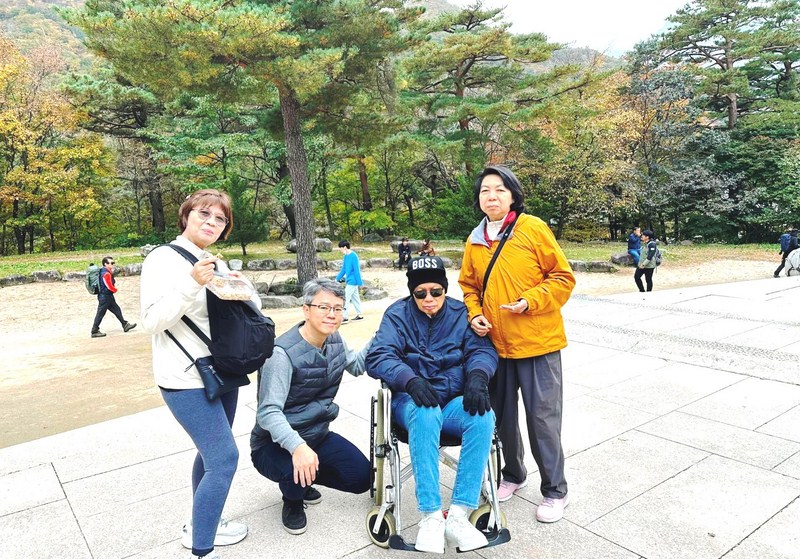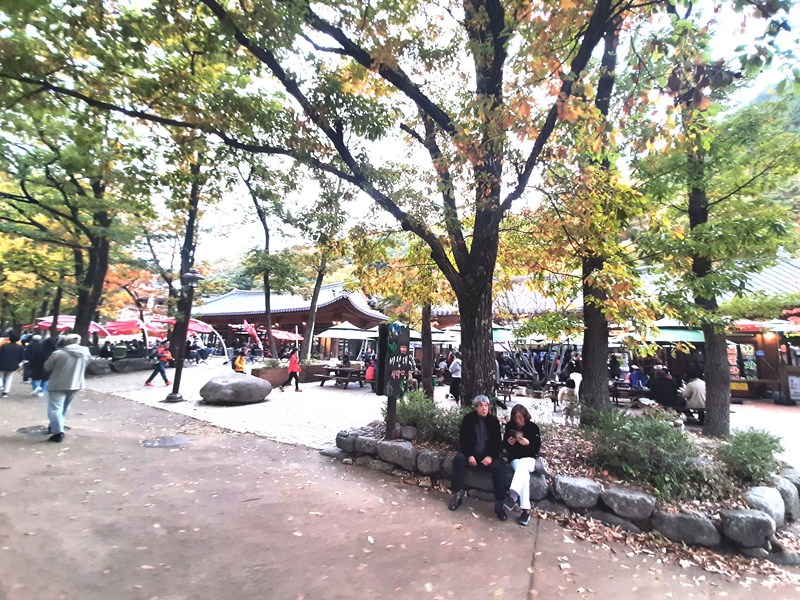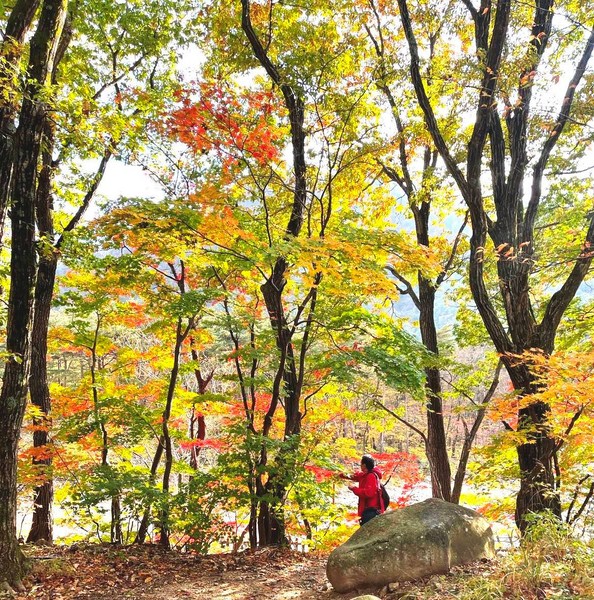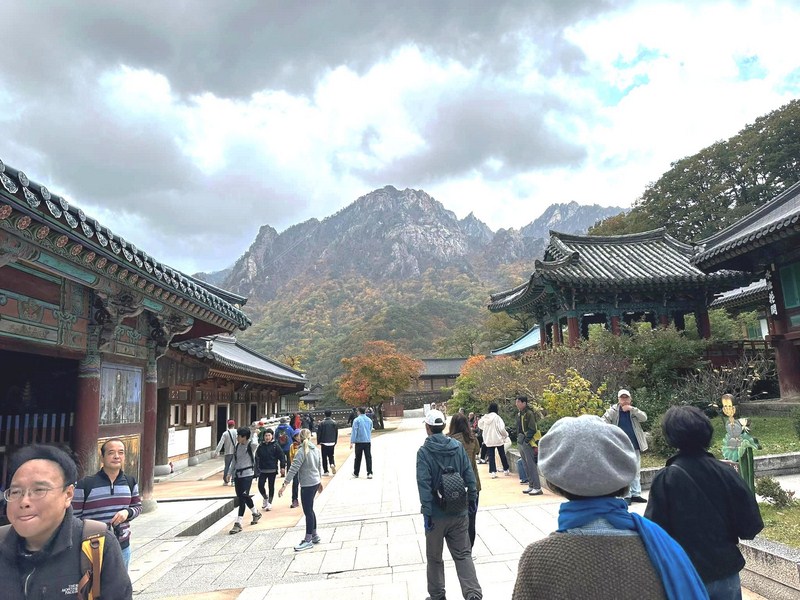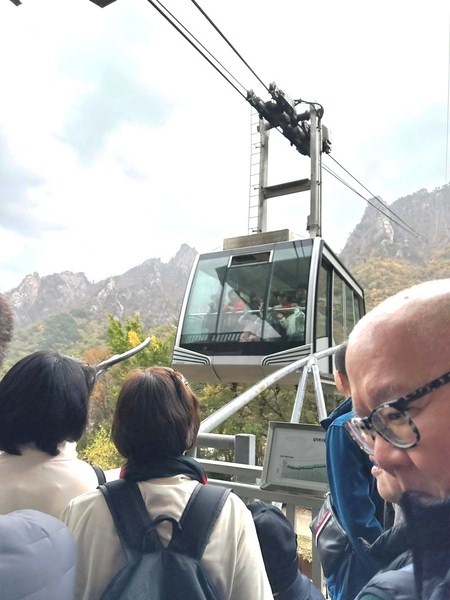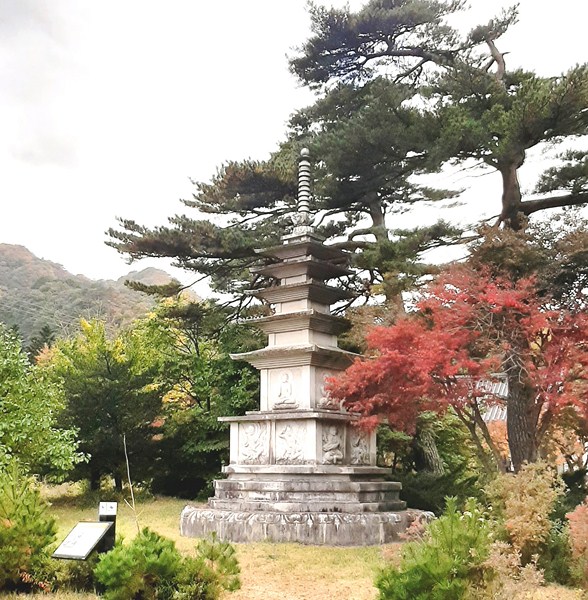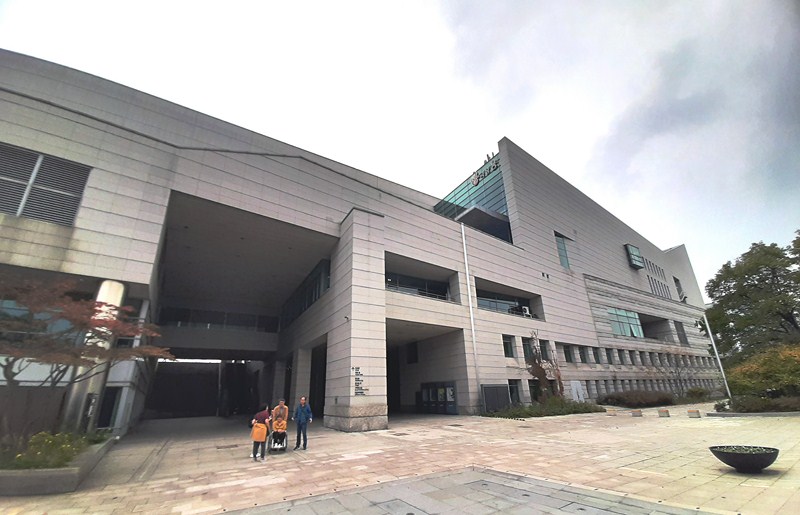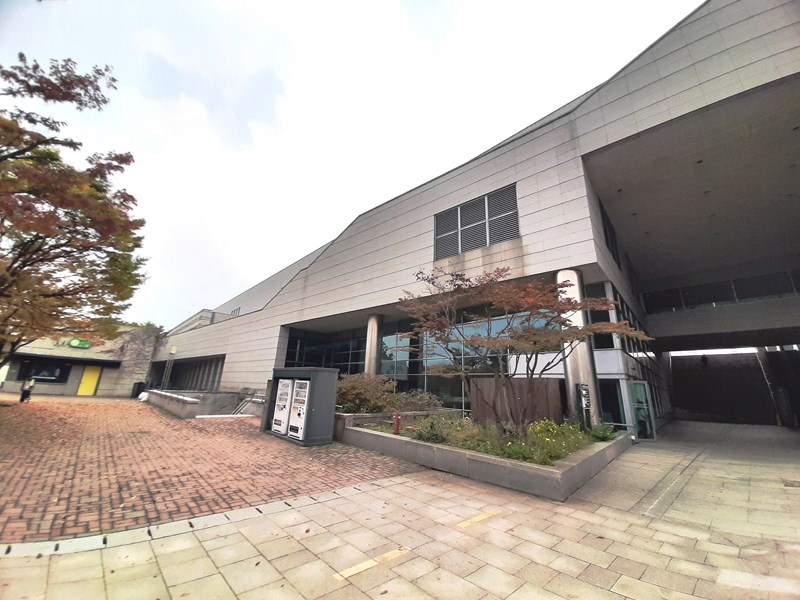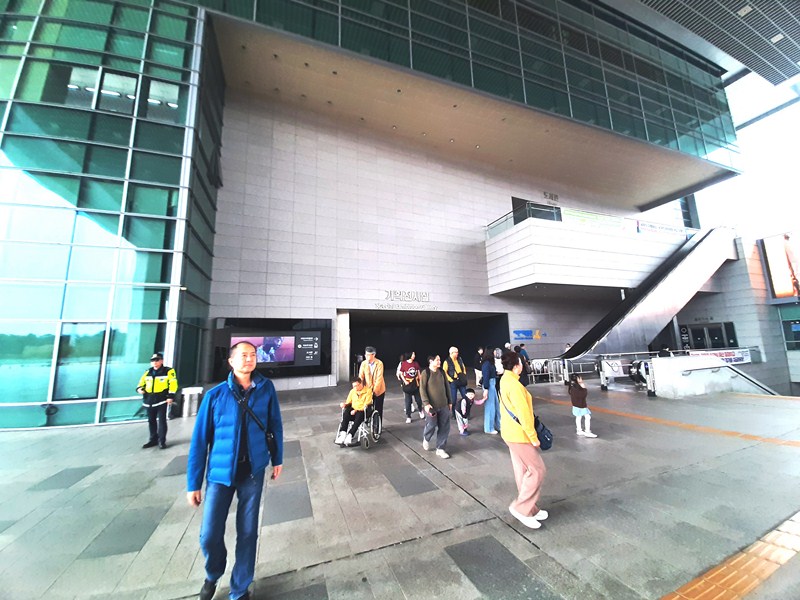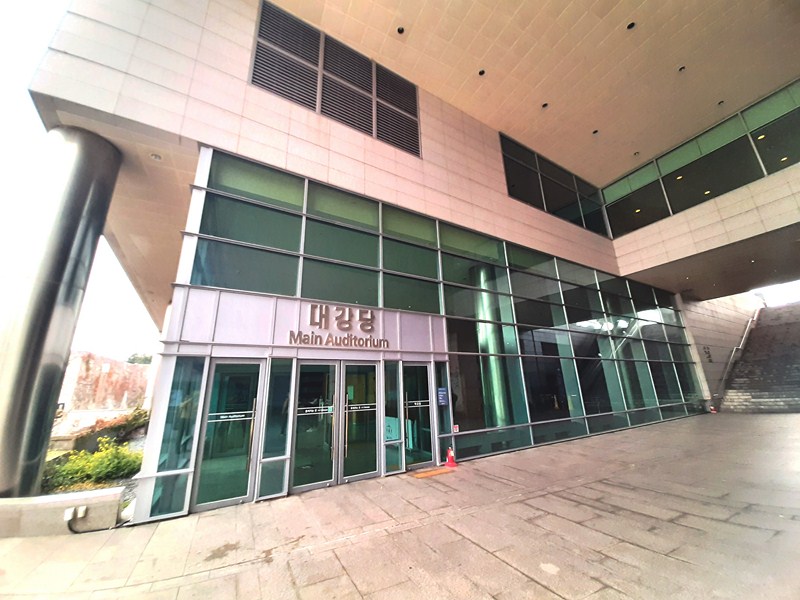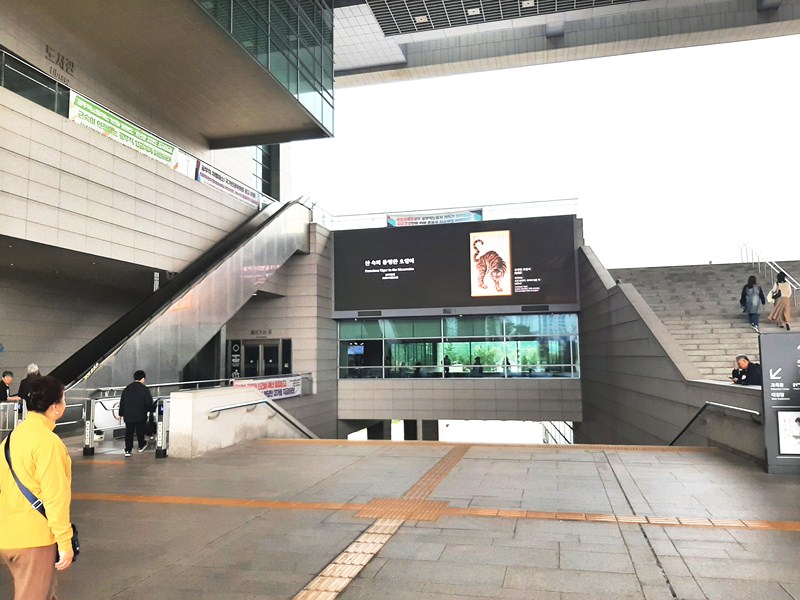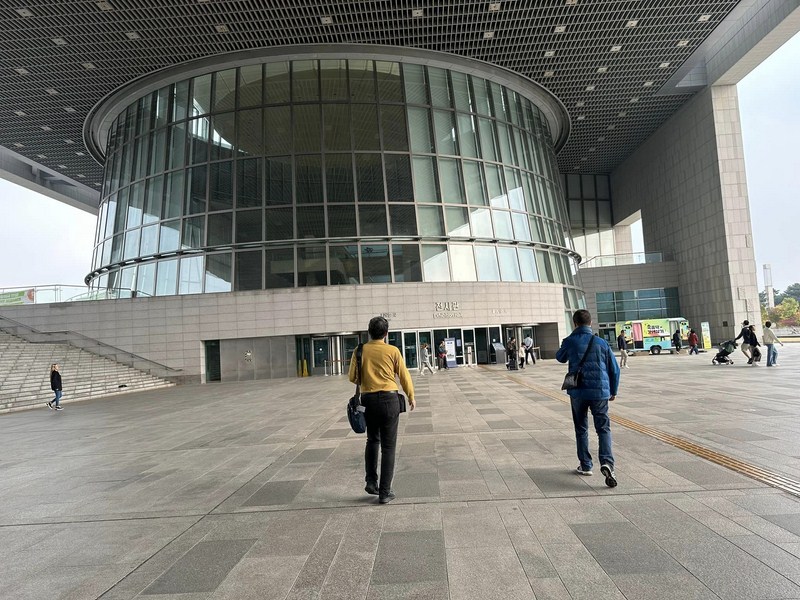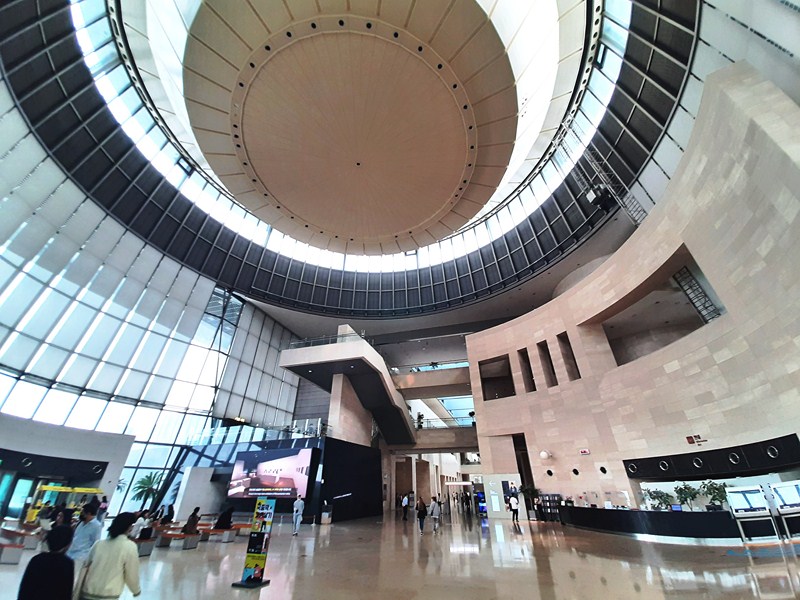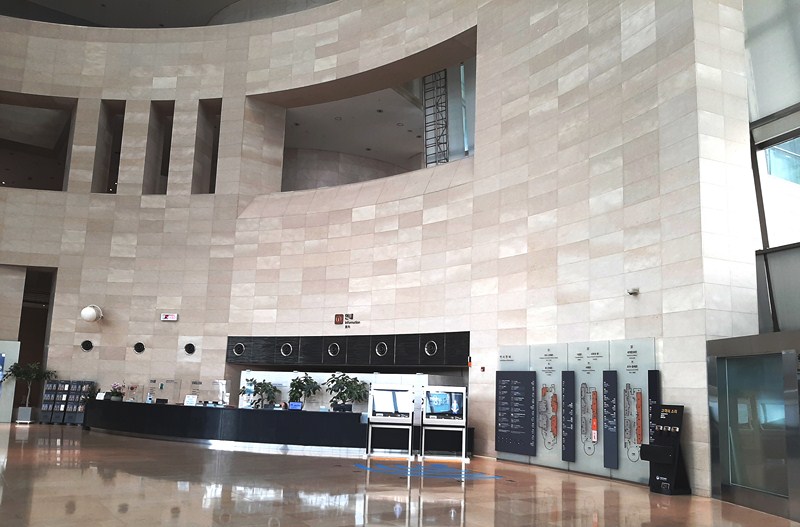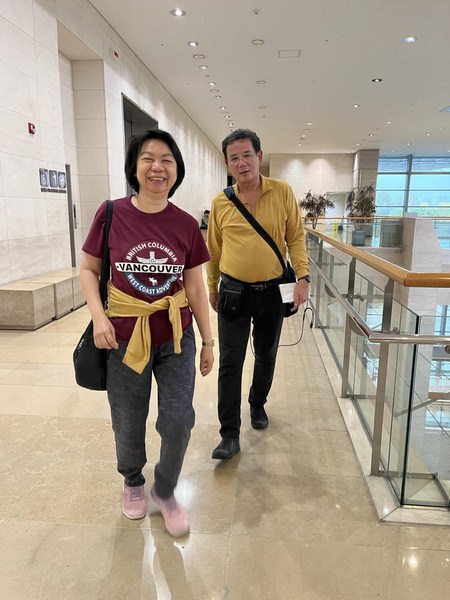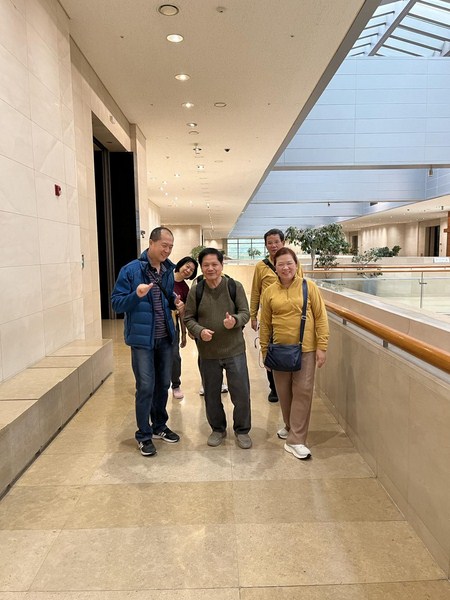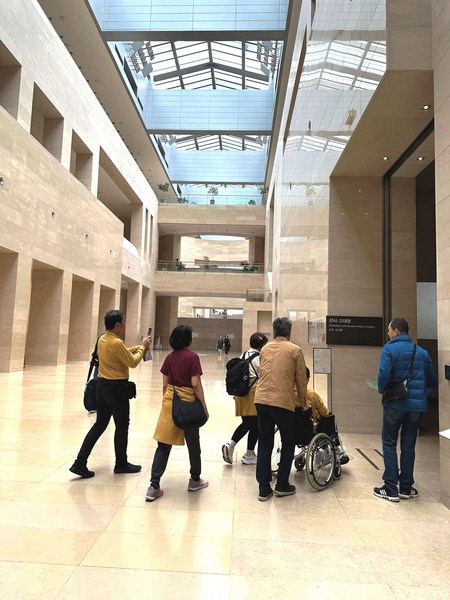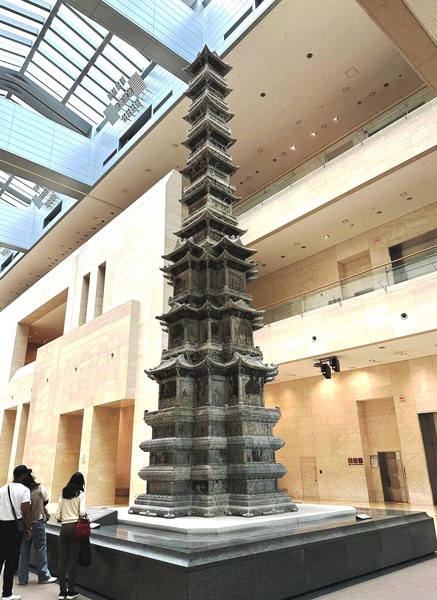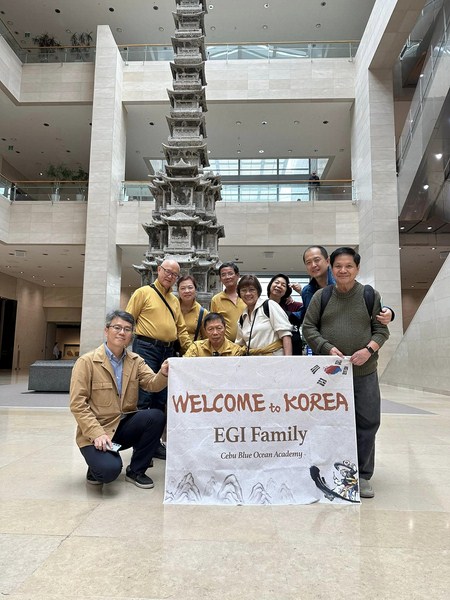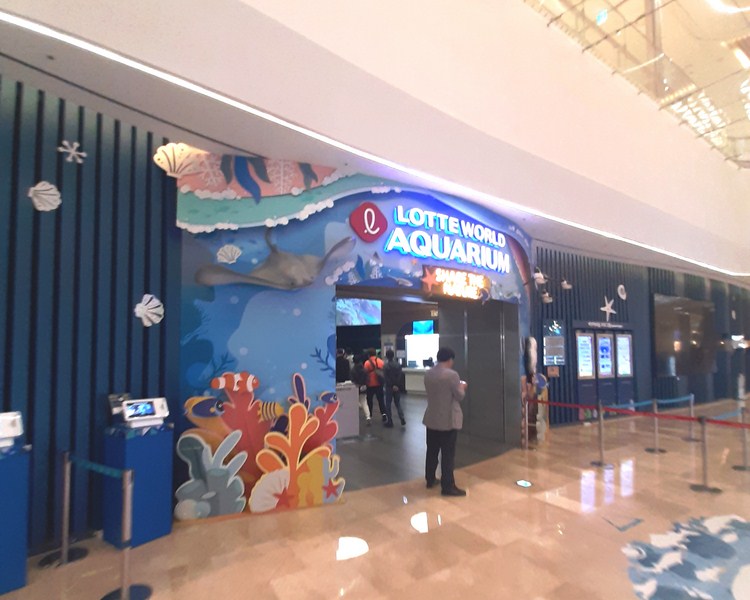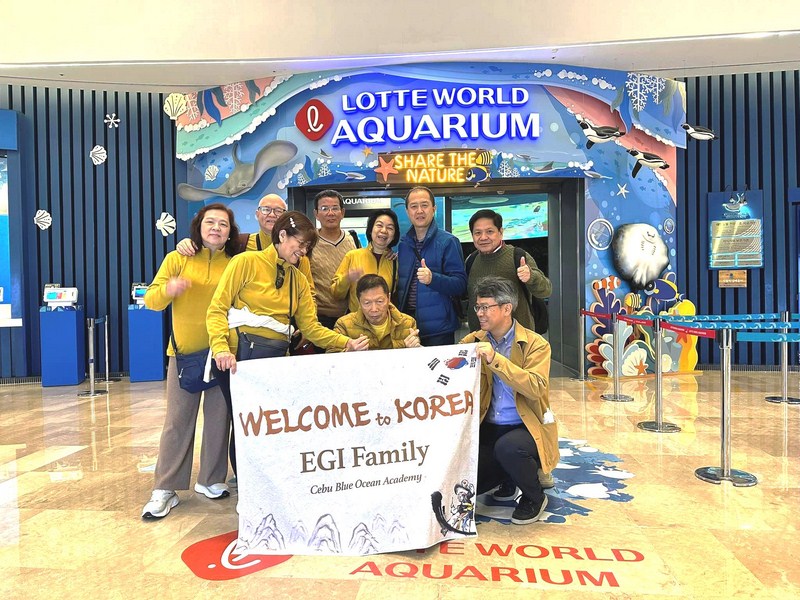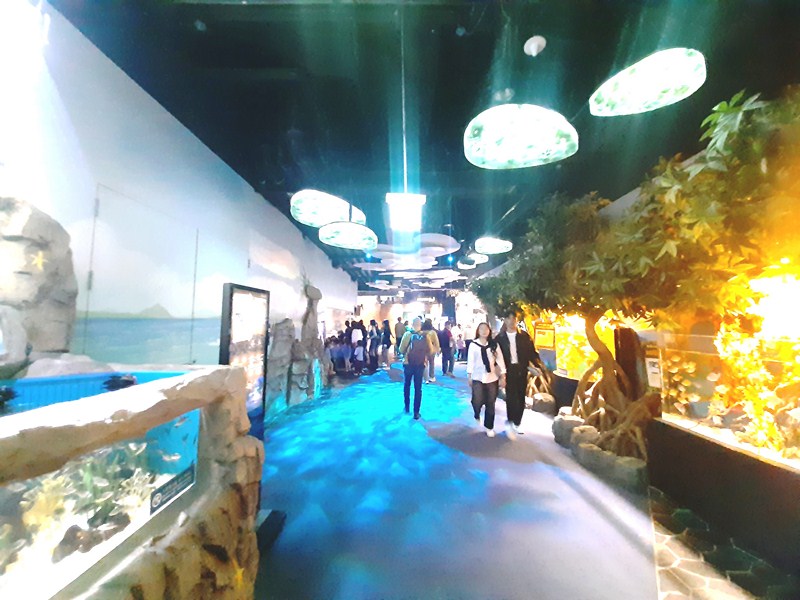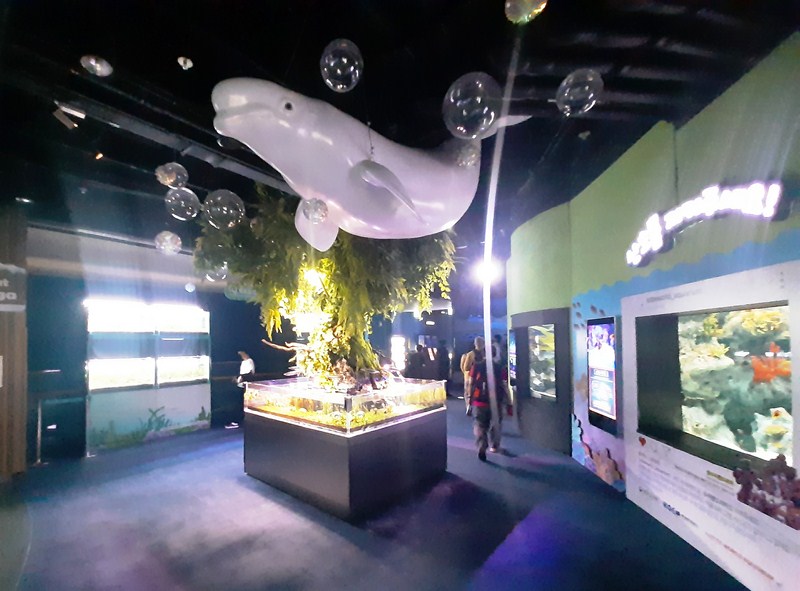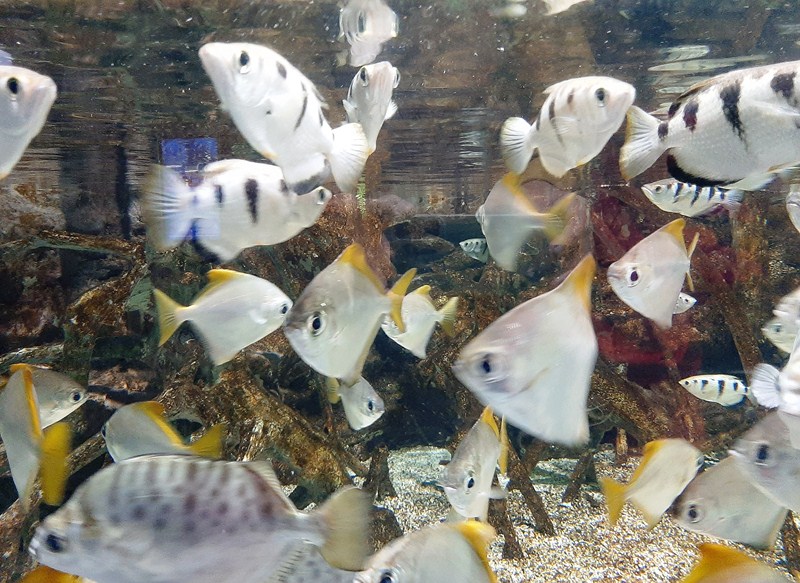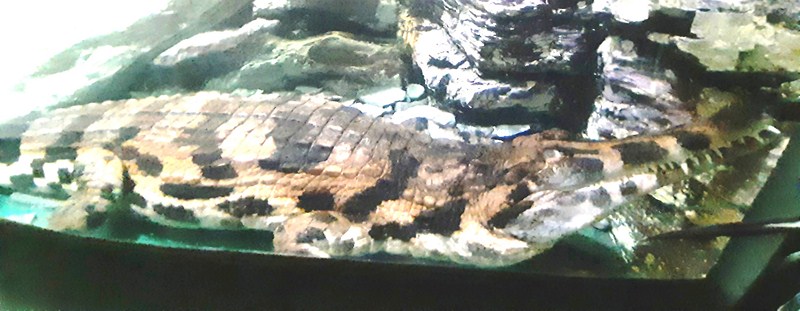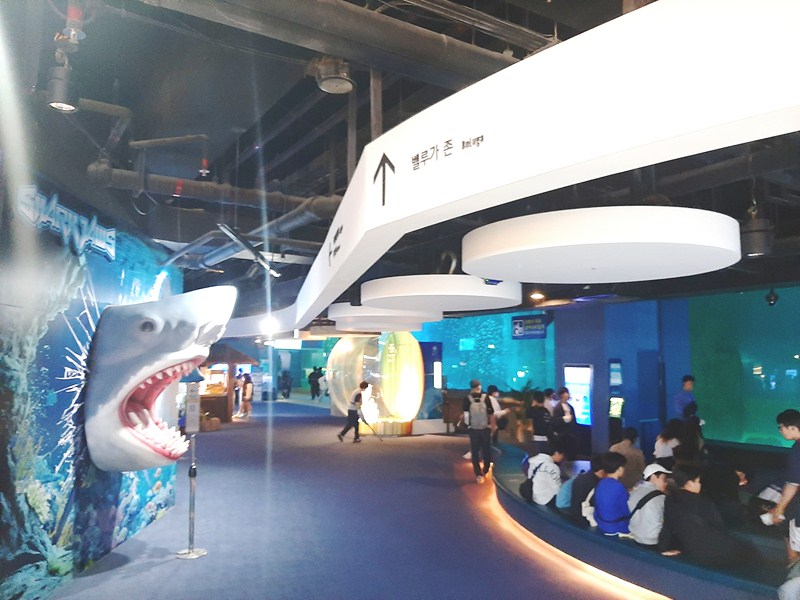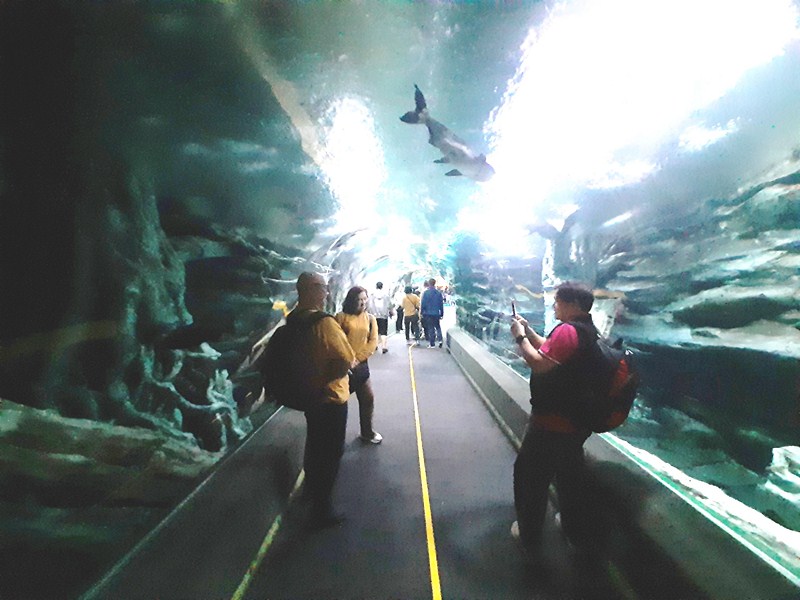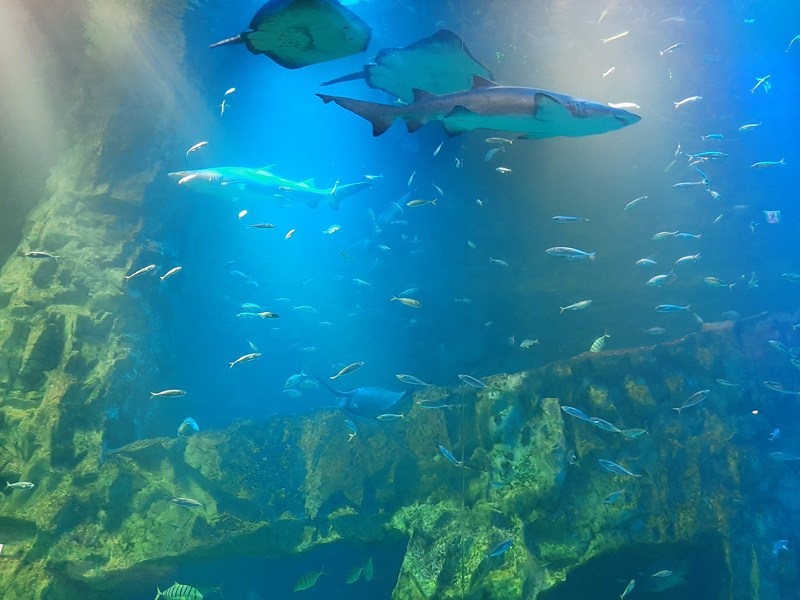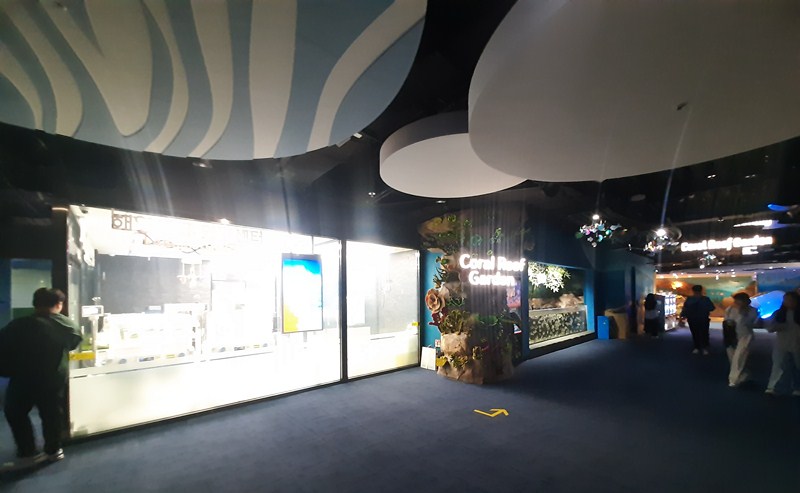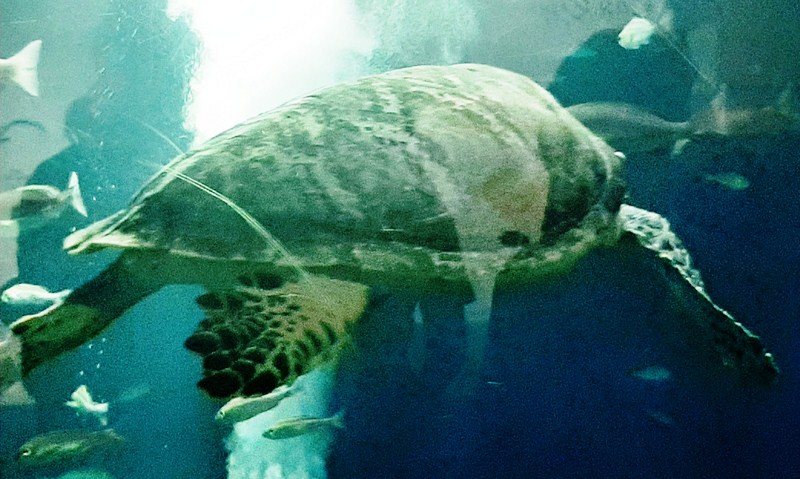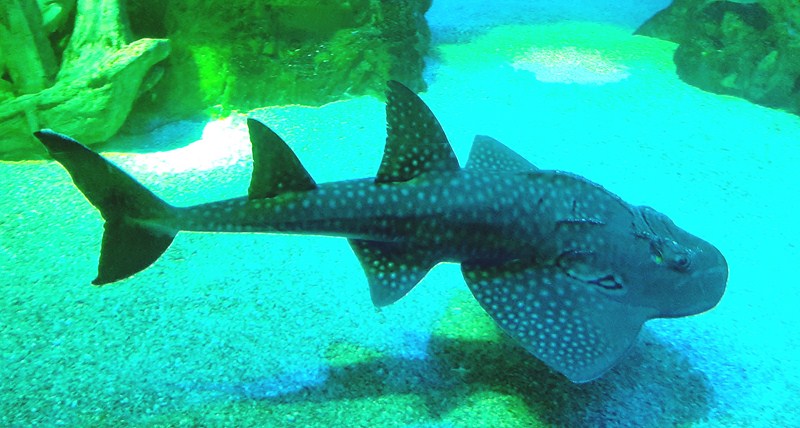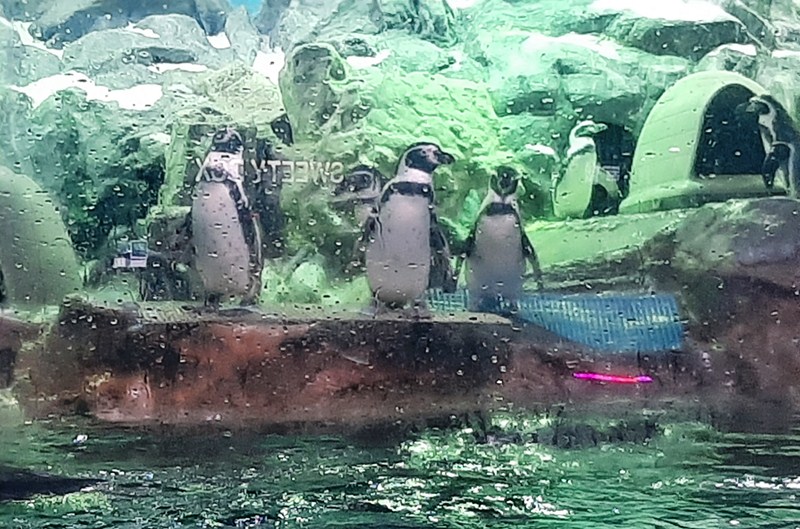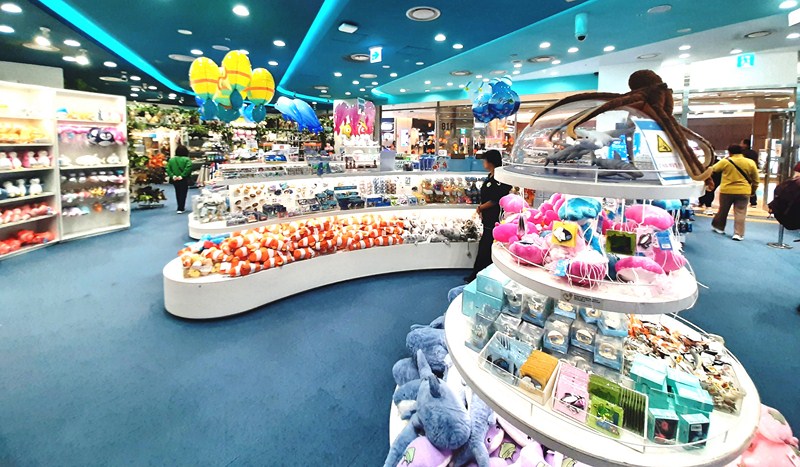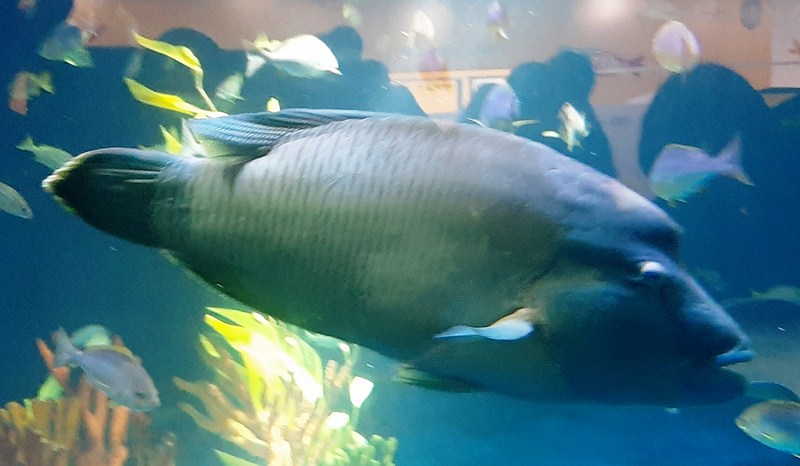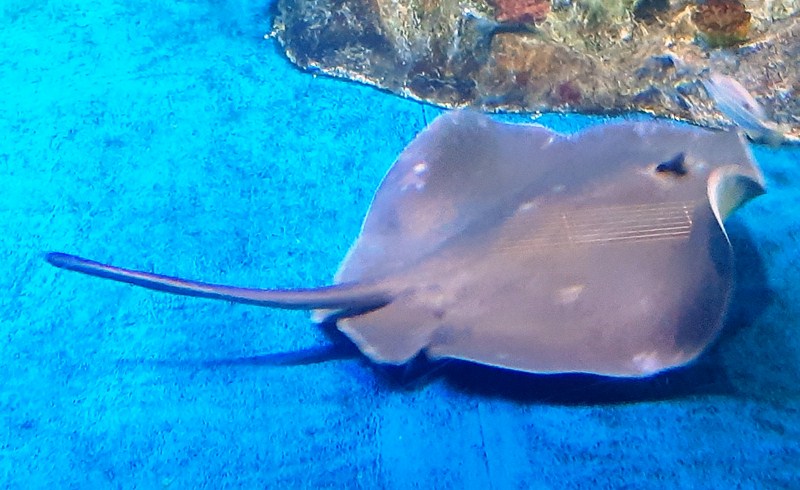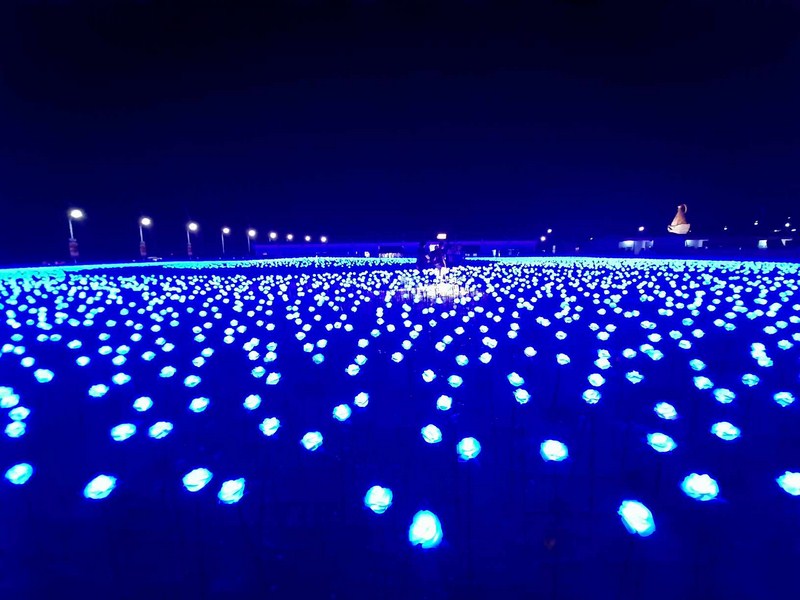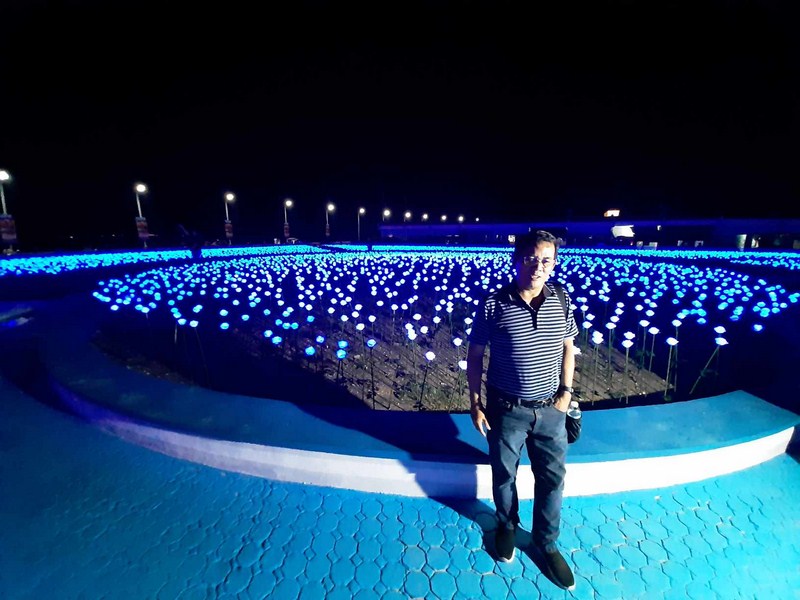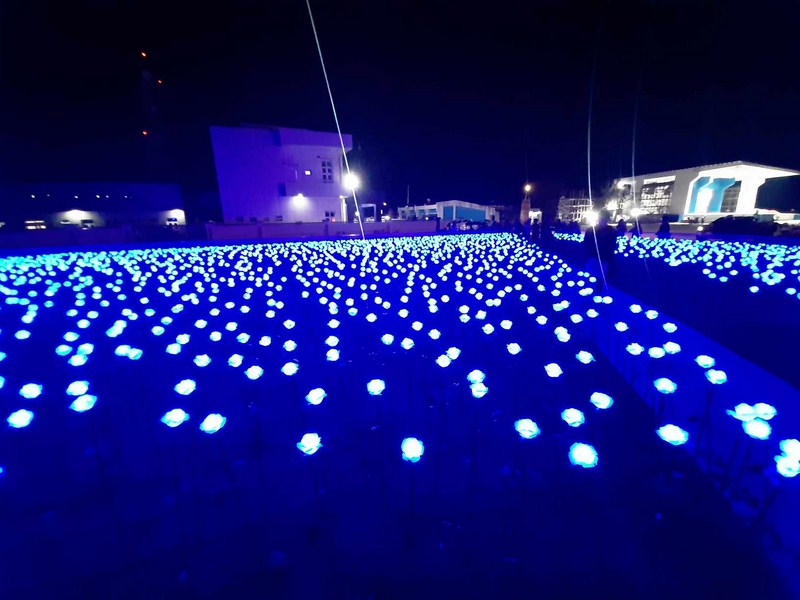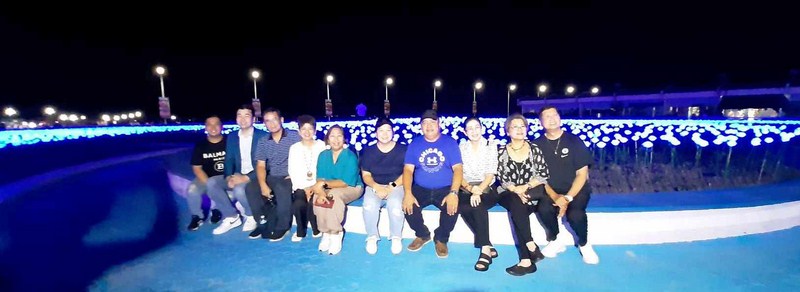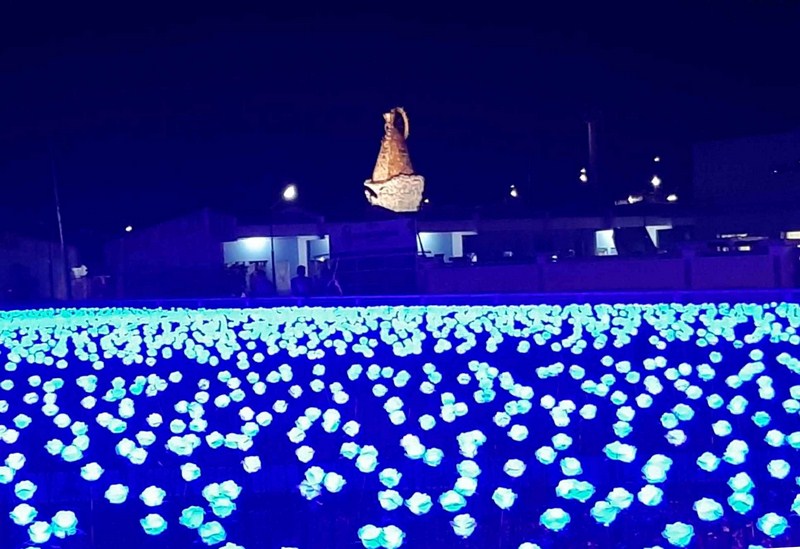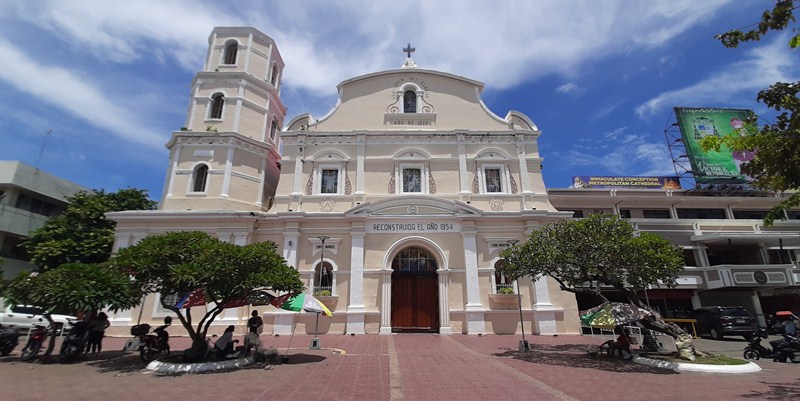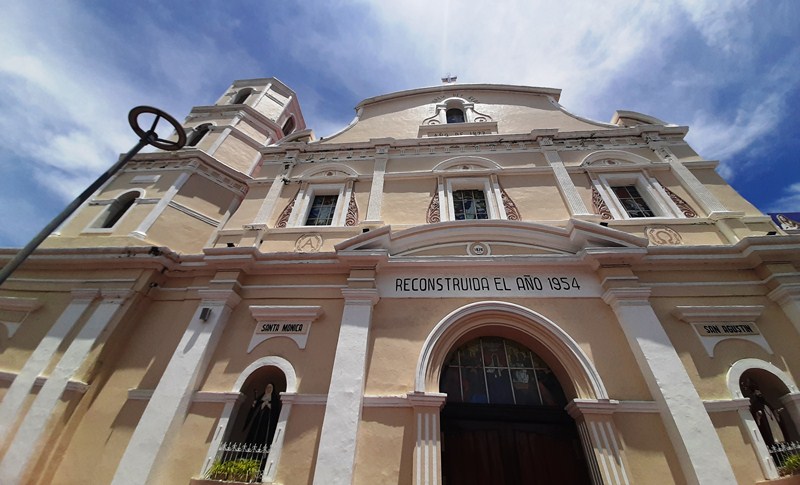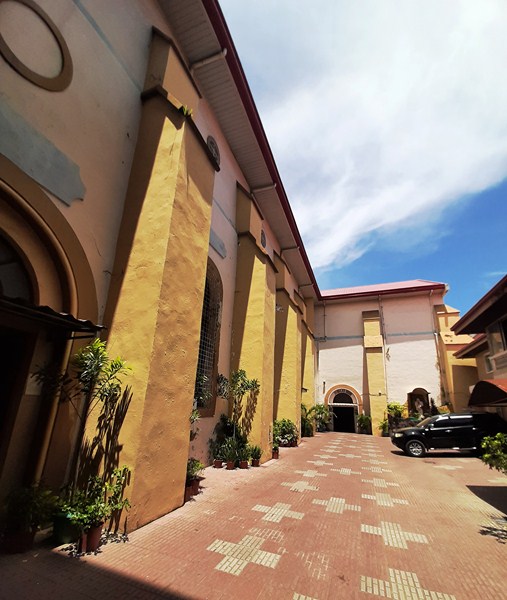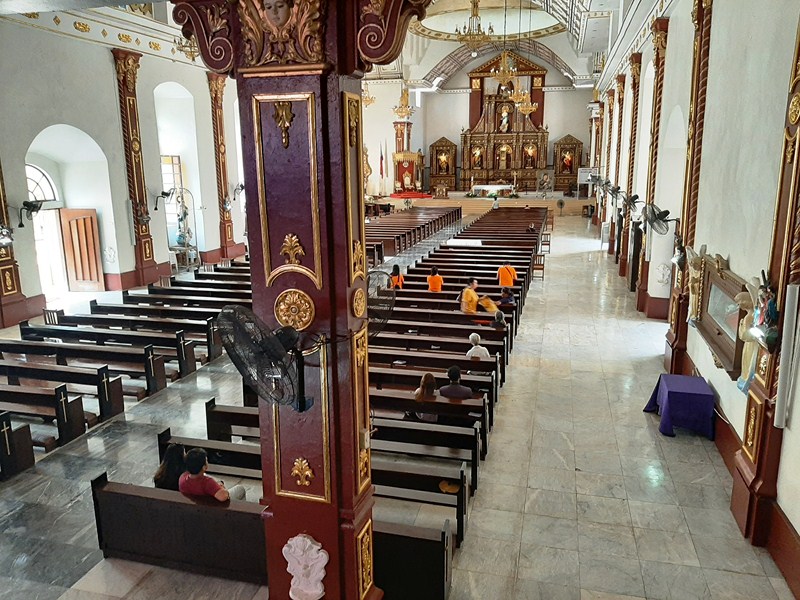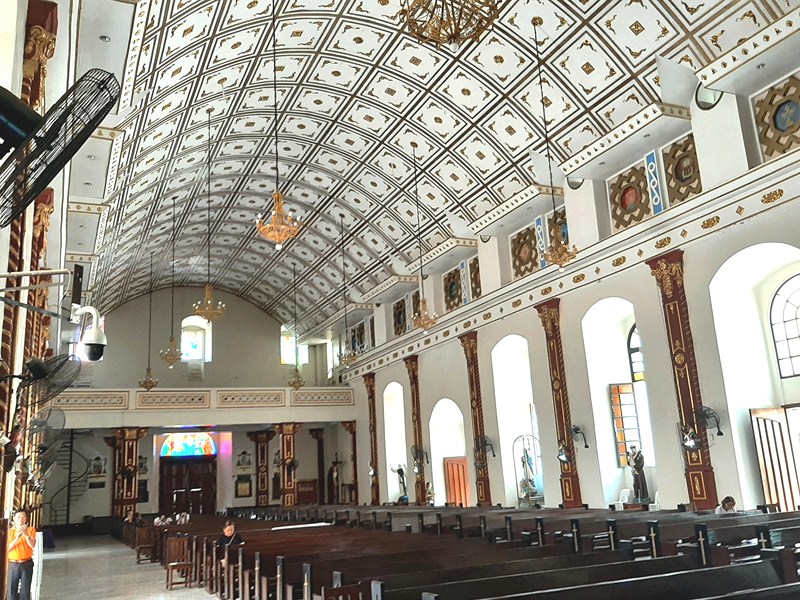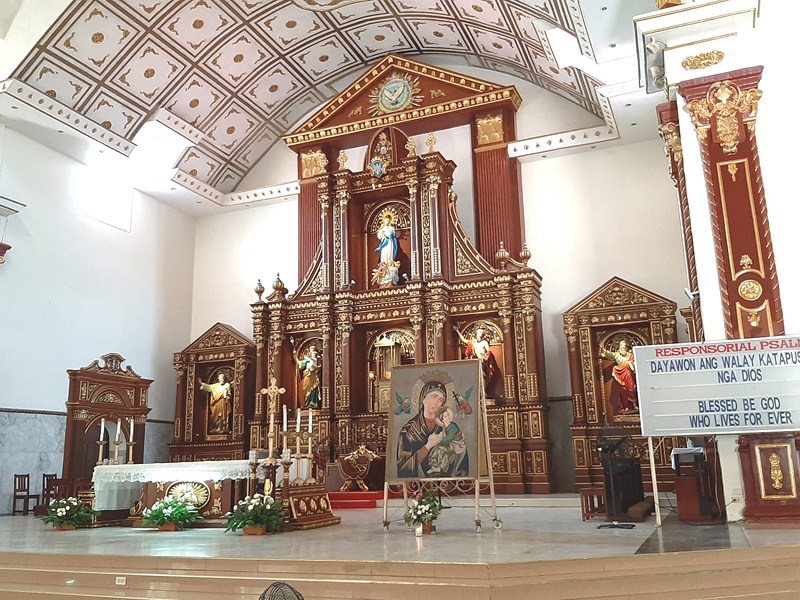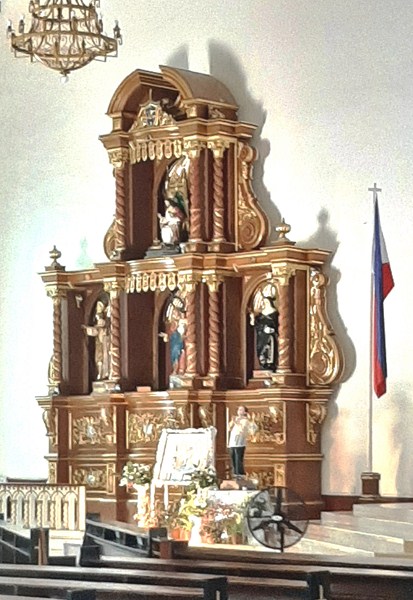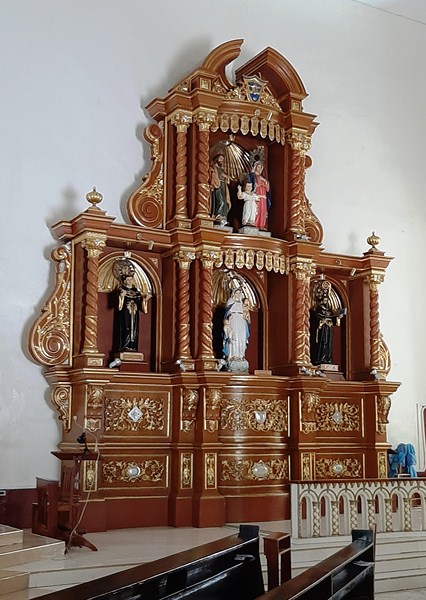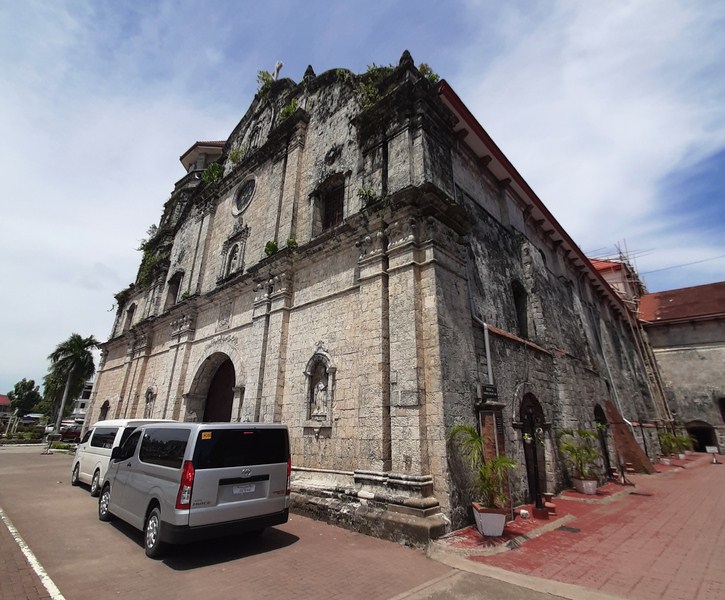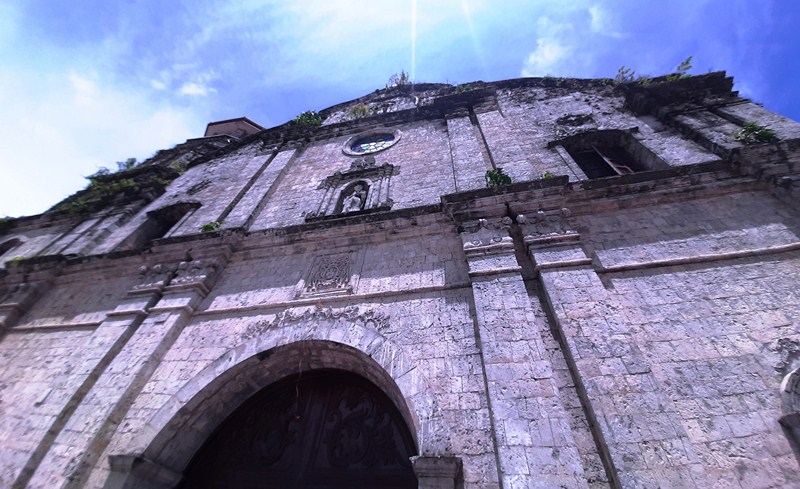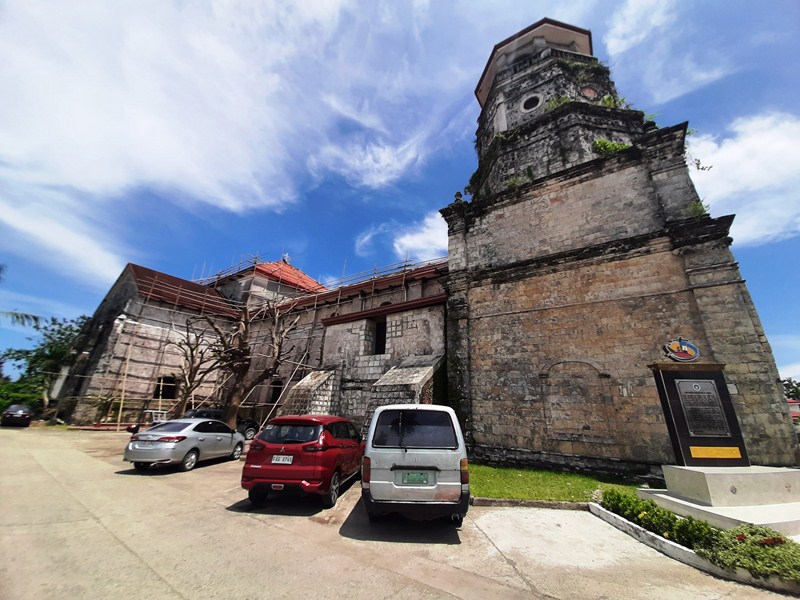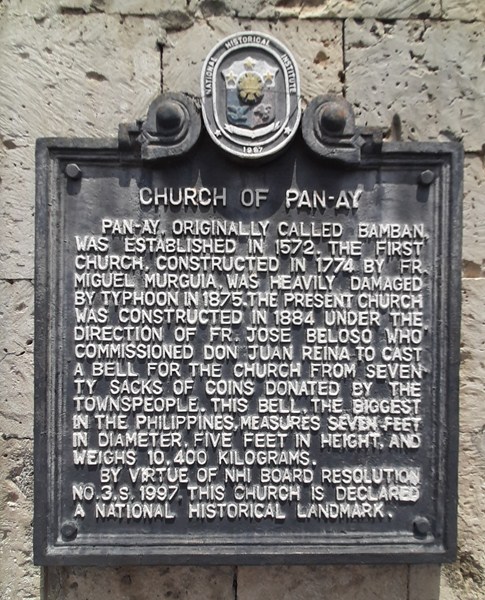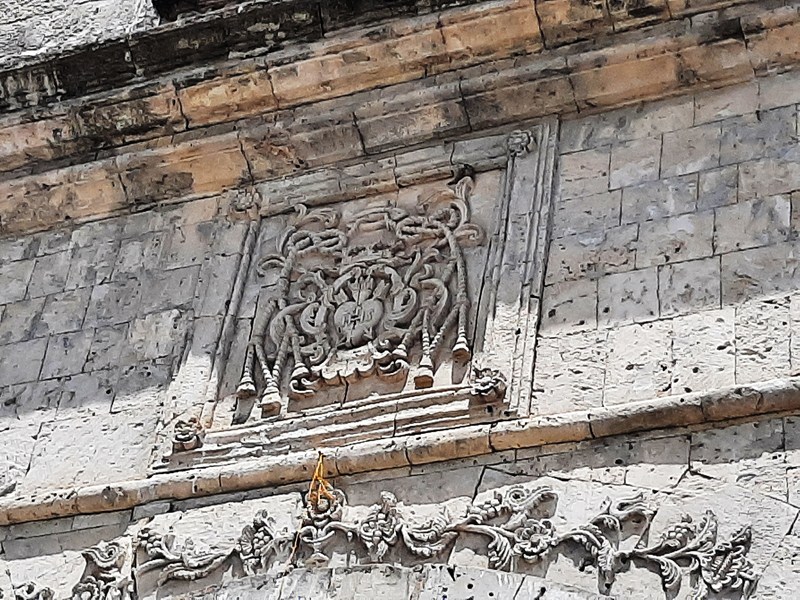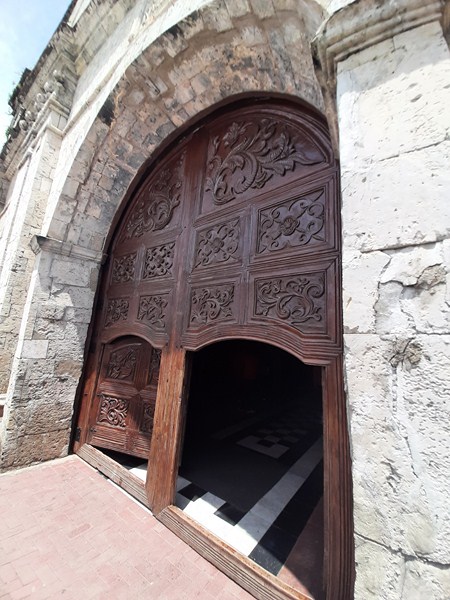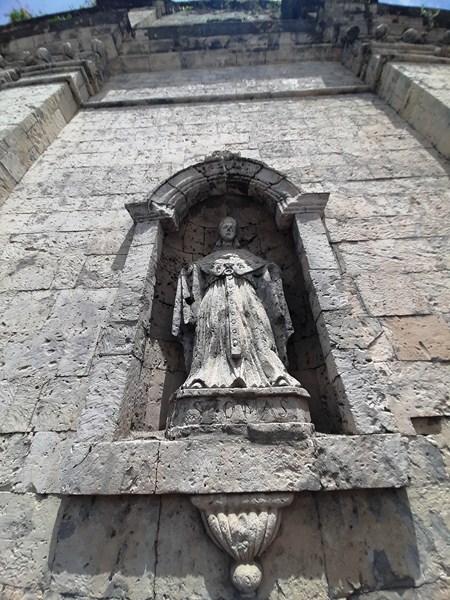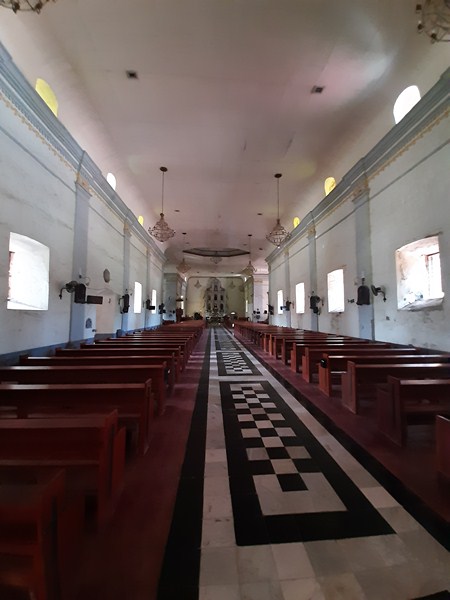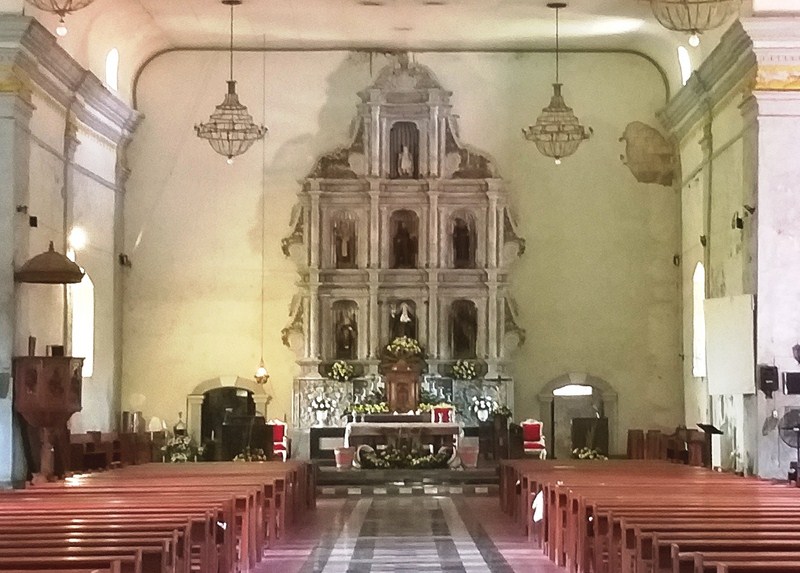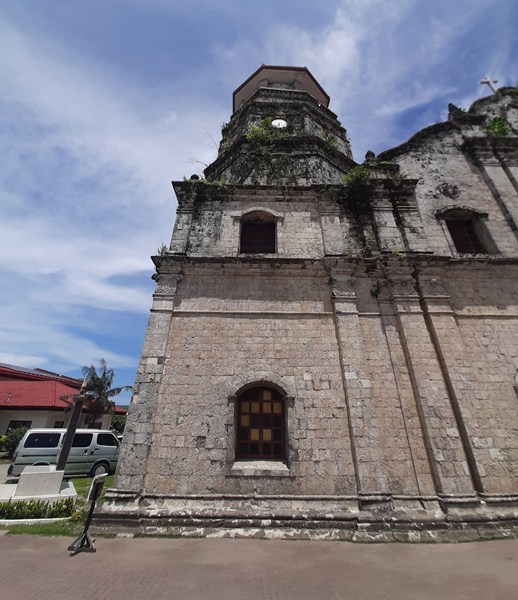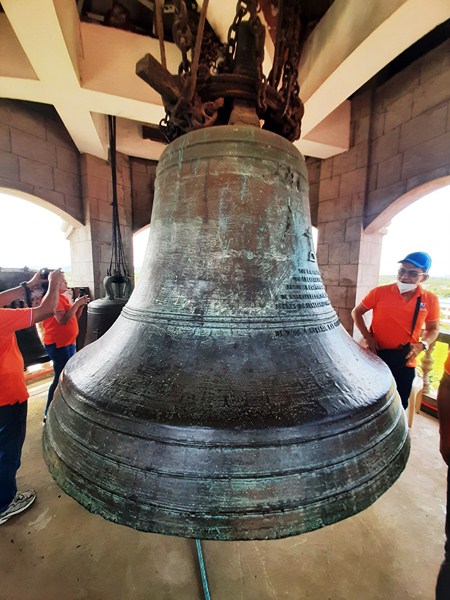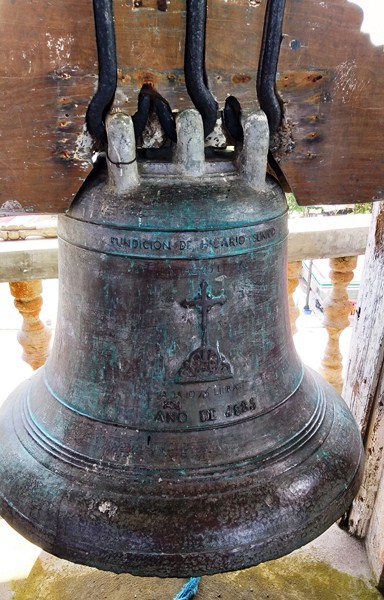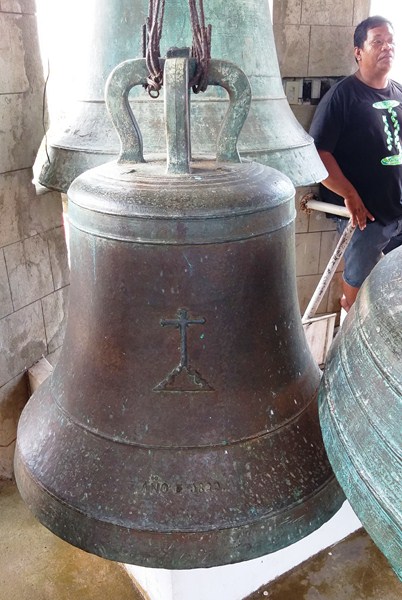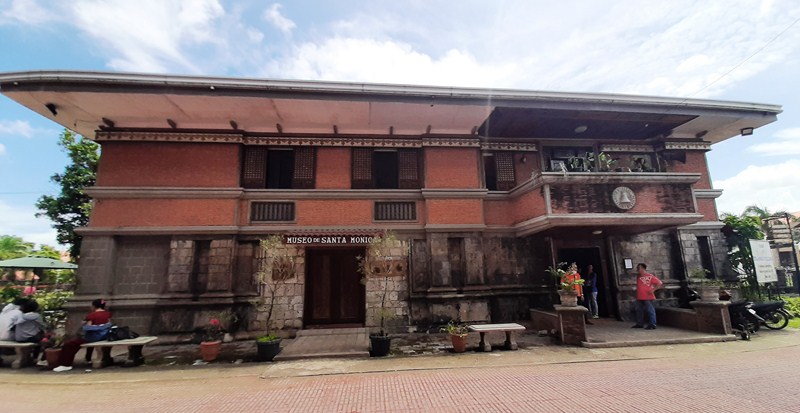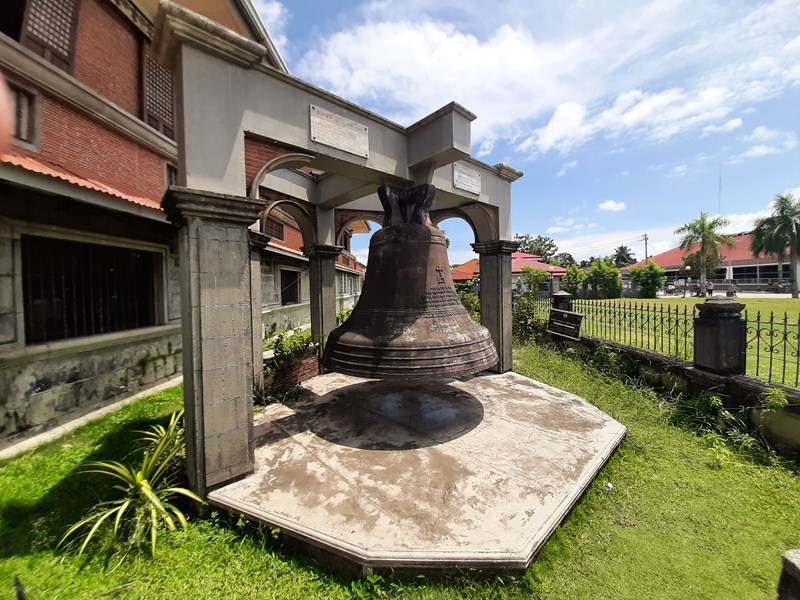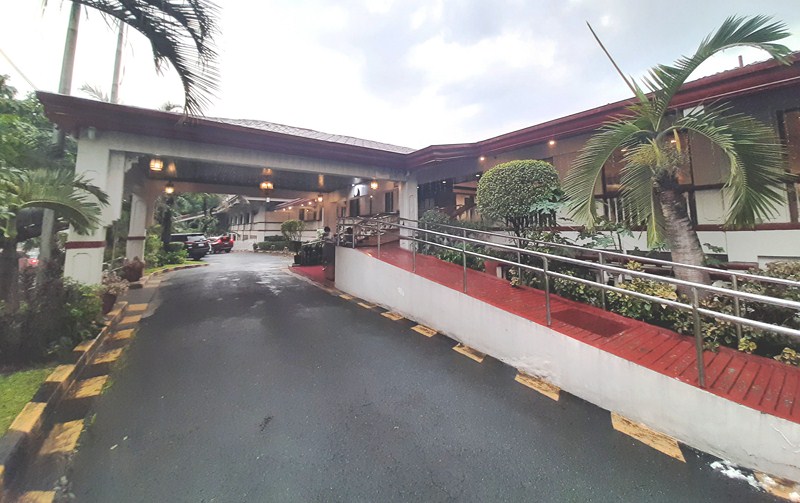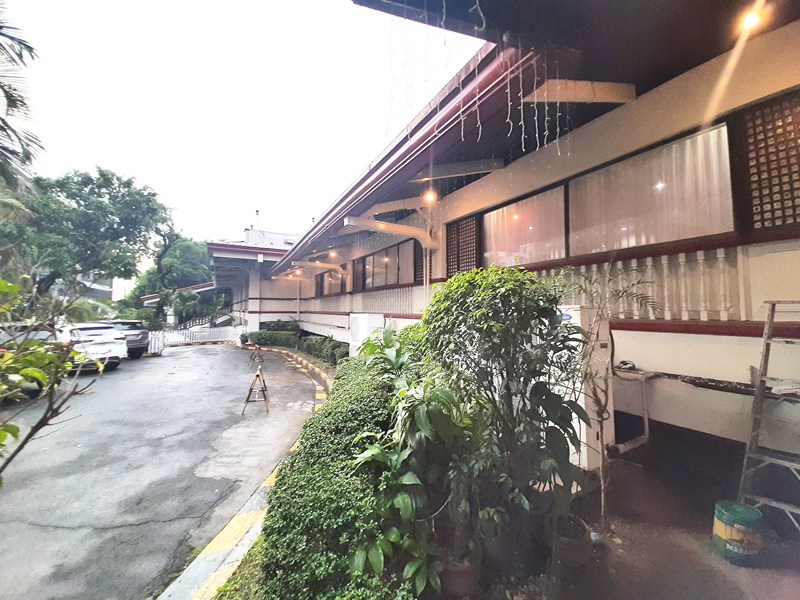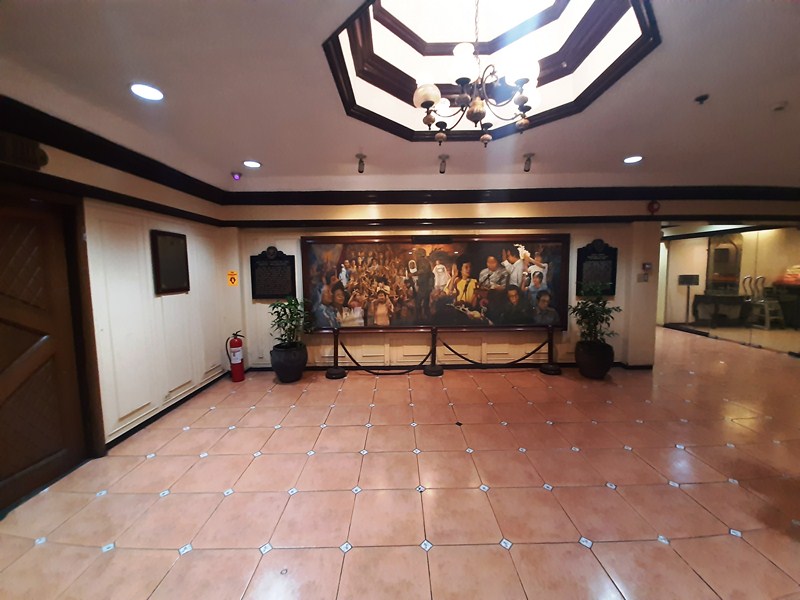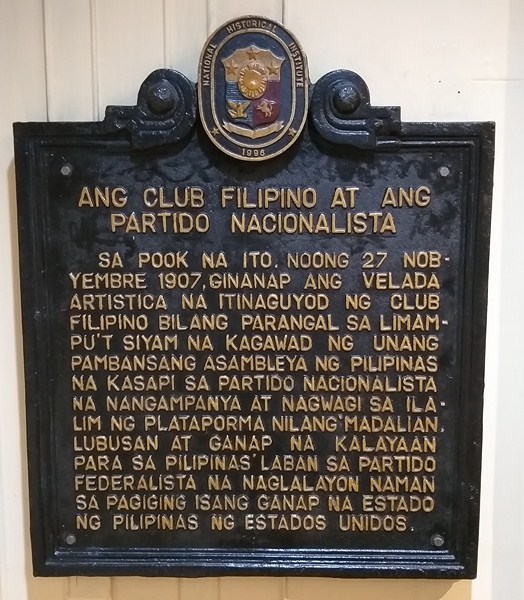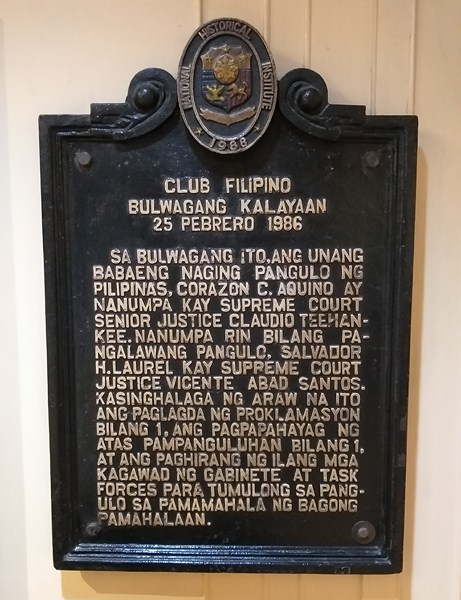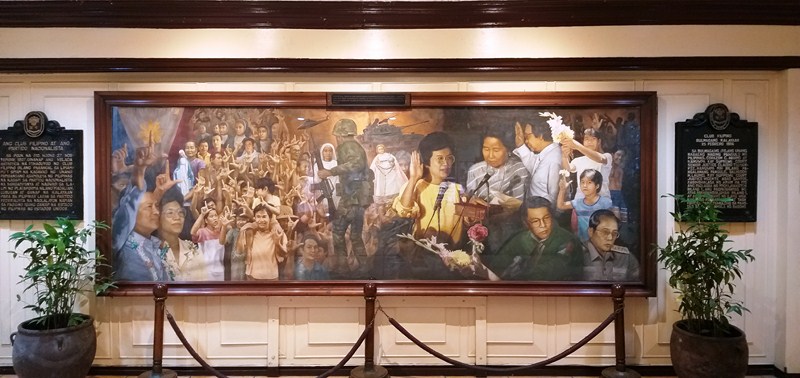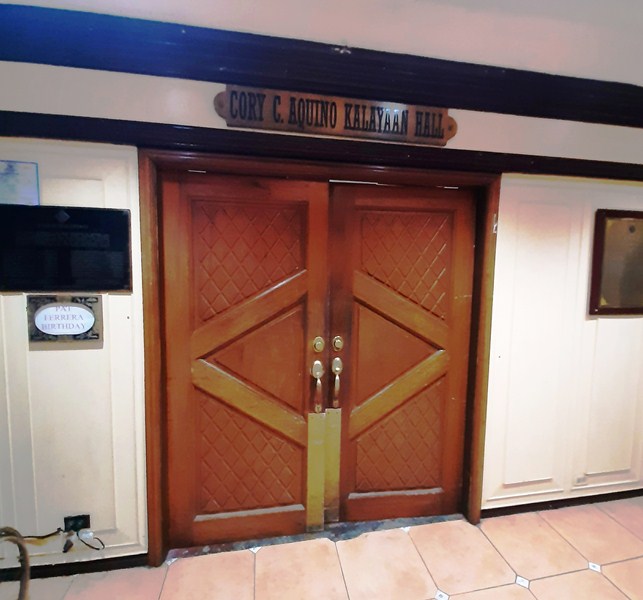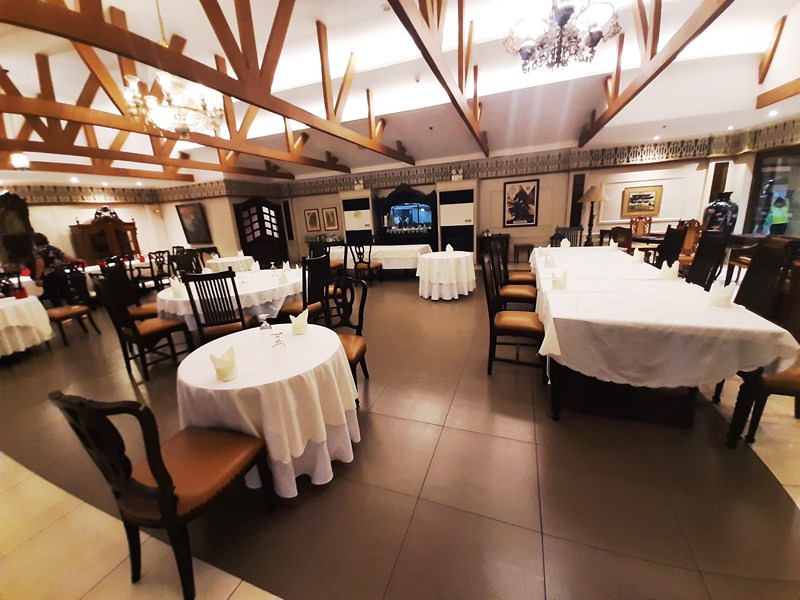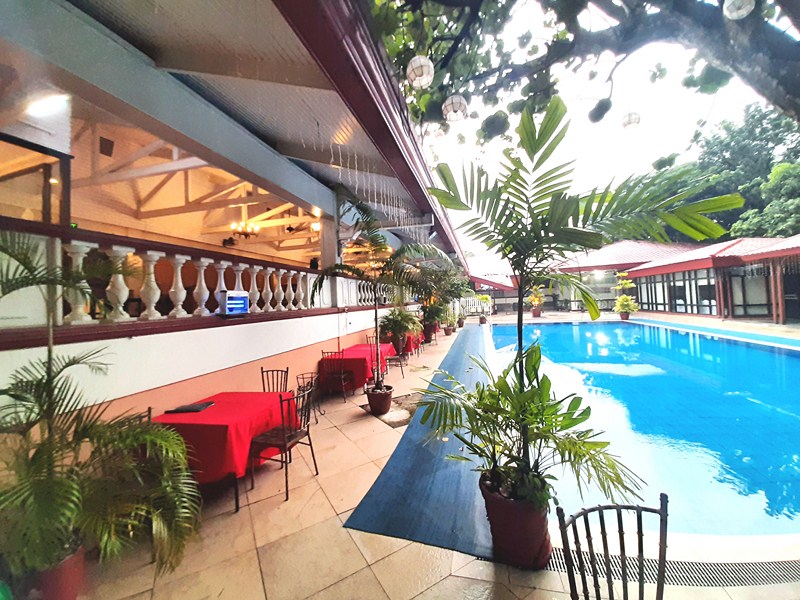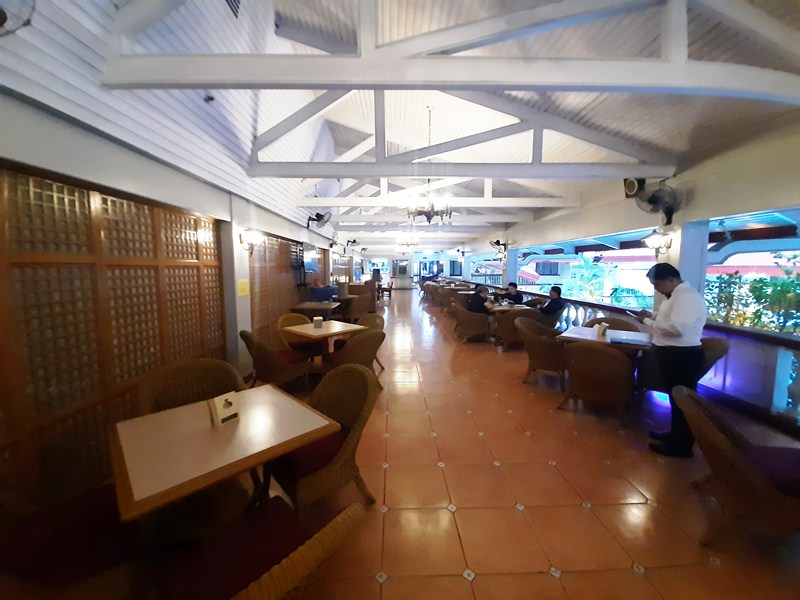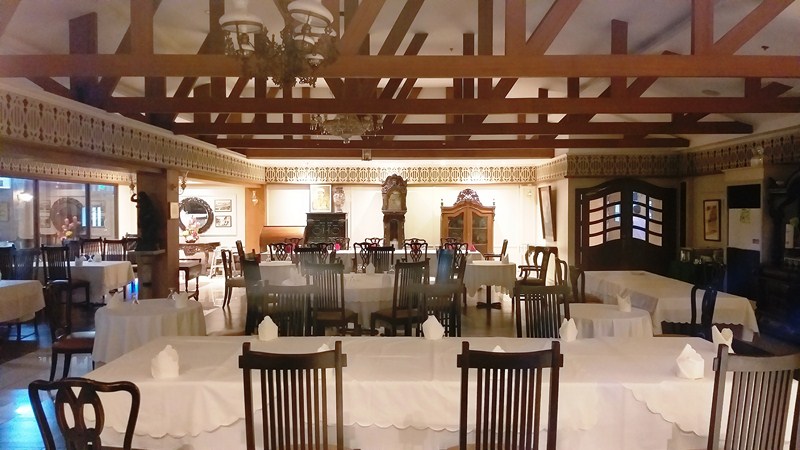Part of Cebu Blue Ocean Academy-sponsored South Korea Tour
On the morning of our last day in South Korea, after breakfast at Fait Maison at Sofitel Seoul Service Residences, the seven of us all proceeded, with Injun and Frank, towards the nearby Lotte World Tower, the nation’s tallest and world’s sixth tallest (surpassing the One World Trade Center in New York City) building standing 123 storeys and 555 m. (1,821 ft.) high, where we were to visit the extremely popular Seoul Sky Observatory, one of the world’s best observation decks, located on floors 117-123.
As the tallest building in South Korea, it is the only place where we can take in a gorgeous 360-degree view of the entire capital city which is beautiful, both day and night, and roaring with brilliant history and dynamic modern culture. The Observatory offers a diverse range of unique experiences that can only be had at a thrilling height of nearly 500 m. in the air, including various exhibitions based on the theme “The Pride of Korea.”
Seoul Sky, opened last April 2017, is the world’s third highest observation deck. It is comprised of an exhibition zone gallery, observation deck, sky deck, two sky cafes (119th and 122nd floor), sky terrace, lounge, and a gift shop offering exclusive tower-themed souvenirs.
Visitors can see all of the different facets of Seoul Sky, ever-changing with the four seasons and time of day. Here, you can view the Han River from one side (including some of the bridges that span it), Seokchon Lake Park, Jamsil Sports Complex, Olympic Park and endless rows of apartment complexes from the other. On a clear day, you can see as far as Songdo, Incheon and the Yellow Sea.
Once in the main lobby area inside the Lotte World Mall, we found the entrance to the Seoul Sky Observatory. and inside is the main ticket booth and entryway, Just a little past the ticket booth outside the doors is the Seoul Sky Gift Shop and the group ticket booth. After Frank redeemed our ticket vouchers at the ticket booth for individuals, we proceed back to the entryway, walking through a digital corridor and a security checkpoint before we took the elevator down to the second basement floor (BF2).
The digital corridor features a ceiling that reinterpreted the beauty of Korean traditional architecture through the modern lens of Bon-Chang Ku, a world-renowned Korean photographer. The ten photos on the ceiling depict the close up images of roof tiles, symbols, patterns and colors Deoksugung Palace, Gyeongbokgung Palace, Changdeokgung Palace and Changgyeonggung Palace.
We explored the Exhibition Zone Gallery where we saw some of the technology used during the construction of the tower such as the steel reinforcing bars and couplers, the outer covering glass and the GPS displacement gauge system as well as a sample of the excavated lithified rock.
The exhibit also features several pieces of artwork displaying the history, culture, and pride of Korea’s foundation and success over the centuries, plus mesmerizing screens and light displays on your way to the Space Shuttle, the elevator that would take us to the Sky Deck at the 118th floor.
The Sky Shuttle is a double-deck (the world’s first and, at 496 m. tall, also the world’s tallest), extremely fast elevator that reaches a speed of 600 m. per minute (10 m. per second, the world’s fastest).
During our quite short one-minute ride to the Sky Deck, we watched an amazing Korean-themed animated experience, playing on the ceiling and each of the three walls, showing a time-lapse construction of the tower. On our way up, our ears popped from the pressure change as we rapidly climbed the tower.
Before entering the Sky Deck, we first watched a short video (“Seoul Sky, the New World in the Sky”) at the small Sky Theater which includes important history clips of Seoul.
Once the video was finished, the screen receded and the first crescendo began as we were treated to sweeping views of the capital city. On days when visibility is limited, visitors can still enjoy a clear sky through a pre-recorded video at Sky Theater.
The Sky Deck, located at 478 m., holds the Korea Record Institute and Guinness World Record as the highest glass-floored observatory in the world. Standing or sitting above the 45 mm. thick glass floor, you can clearly see how high you are above ground.
It’s an astounding perspective as we took pictures feeling suspended high in the sky but, if you stared too long, it can be quite disorienting, especially if you aren’t good with heights. For an uninterrupted view, the observation deck has two storey-high glass windows.
Going up a small escalator, to the 119th floor, we find the Sky Friends Dessert Café, a relaxing space where one can take a seat and try their one-of-a-kind menu which features some delicious ice cream (the Pasteur Milkbar) and sweets. This floor isn’t great to view around the tower but it’s still a wonderful spot to watch visitors taking selfies as well as watch their reaction to the glass floor.
The 120th floor holds the famous Sky Terrace, a stunning outdoor viewing platform which is open to the elements. Here, we had the opportunity to step outside the tower and feel the breeze 486 m. above the city. There are two open-air terraces, one facing northwest and the other facing southeast. If you are done exploring the tower, this floor is also the first floor that has access to the exit elevator.
The 121st floor, 500 m. above ground, also has access to the exit elevator and is where you can get on the elevator that takes you to the Sky Tower on the 123rd floor. It has a gift shop (Seoul Sky Shop), where you can pick out the perfect souvenir (key chains, notebooks, photos, keepsakes, etc.) and, just above it, you can take some time to enjoy a cup of coffee or tea and relax for a while before taking more pictures. At this floor, you can also take a moment to take a picture with the “I love Seoul Sky” sign.
The Seoul Sky Café, on the 122nd floor, is coined as the highest café under the sky. This coffeehouse, a South Korean chain owned by the Lotte Group, serves coffee, tea and desserts.
The Sky Tower, a cozy and spacious, dimly lit premium lounge (the highest lounge in Seoul) on the 123rd floor, has a classy restaurant and bar overlooking the city. This is the perfect spot to grab a refreshing wine drink and let the sights of the city just sink in in a relaxing ambiance.
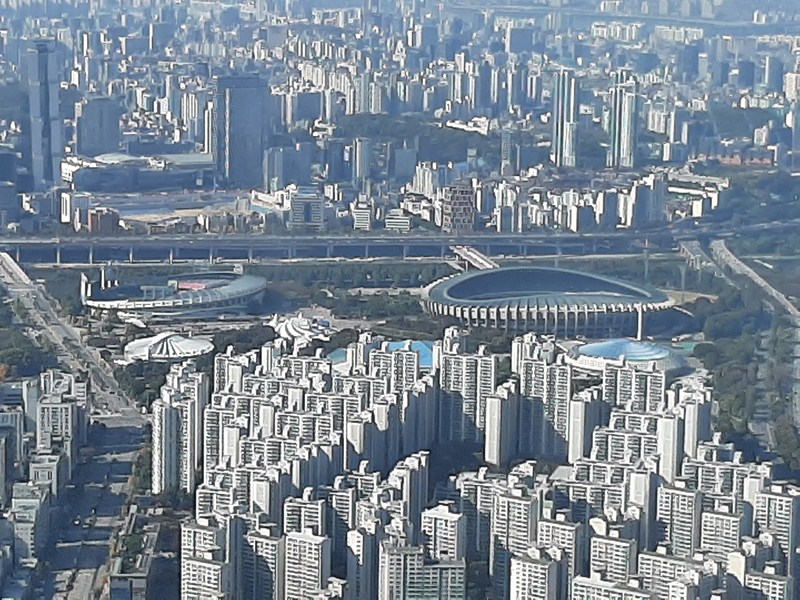
View of the Jamsil Sports Complex. On the left is the Jamsil Baseball Station while on the right is the Olympic Stadium
Back at the basement floor (BF1), before leaving, I purchased Seoul Sky merchandise (key chains, ref magnets and postcards) from the gift shop (Seoul Sky Shop) for my son Jandy.
One of the best times to go to Seoul Sky is before sunset when you get to see the entire city covered in sunlight transition to dusk. As the sun slowly goes down, watch as the colors change over the city. During this transition, the lights in the city will be turning on, and you get to see the bright lights of the city illuminate the night sky. When planning your trip to the tower, it is important to watch the weather forecast as rain, clouds, smog, and fog limits visibility from the top.
The thrilling Sky Bridge Tour, a new attraction launched last July 24, 2020, allows visitors to walk, safely tethered, on top of the Seoul Sky Observatory, with the bridge connecting to Lotte World Tower’s two structures at the peak. The 11 m. long outdoor bridge is 541 m. (1,775 ft.) above the ground. Visitors start from the Sky Station at the 117th floor where they are briefed on the safety instructions and put on jumpsuit and gear before venturing out.
Seoul Sky: Lotte World Tower, 300 Olympic-ro, Songpa-gu, Seoul, South Korea. Tel: +82 2-1661-2000. Website: www.seoulsky.lotteworld.com. Open Sundays to Thursdays, 10:30 AM – 10 PM, Fridays to Saturdays & public holidays, 10:30 AM – 11 PM. Last ticketing one hour before closing. Admission (limited to date and time printed): adult (₩27,000, ages 13 years old and above) and children (₩24,000, 3 – 13 years old). The Sky Bridge Tour, 1 to 6 PM, hourly, costs ₩100,000 (including two photos). A single price (₩50,000) is applied to all Fast Pass tickets, regardless of age, and can only be purchased at an on-site ticket office on the day of visit.
How to Get There: Get off at Jamsil Station (Line 2 or 8) and walk toward Exit 1 and 2. As you walk in the direction of Exit 1 and 2, you will see a sign “Lotte World Mall.” Enter the mall through this underground entrance and you will get to Lotte World Mall B1F. By bus, use the Green Bus (3217, 3313, 3314, 3315, 3317, 3411, 3414 and 4319), Red Bus (1007-1, 1100, 1700, 2000, 6900, 7007 and 8001) and Blue Bus (301, 341, 360 and 362). You can also take the Airport Shuttle (6000, 6006, 6705 and 676A).
Cebu Blue Ocean Academy: Building 5, EGI Hotel and Resort, M.L. Quezon National Highway, Looc, Maribago, Lapu-Lapu City, Cebu 6015, Philippines. Tel: (032) 888-9868. E-mail: pinesbaguio@gmail.com. Website: www.cebublueocean.com. Baguio City (Benguet) Sister School: Pines International Academy, Romel Mansion, 3 Ignacio Villamor St., Brgy. Lualhati, Baguio City, Benguet, Philippines. Tel: 1 754-255-9818. E-mail: pinesbaguio@gmail.com. Website: www.pinesacademy.com.

